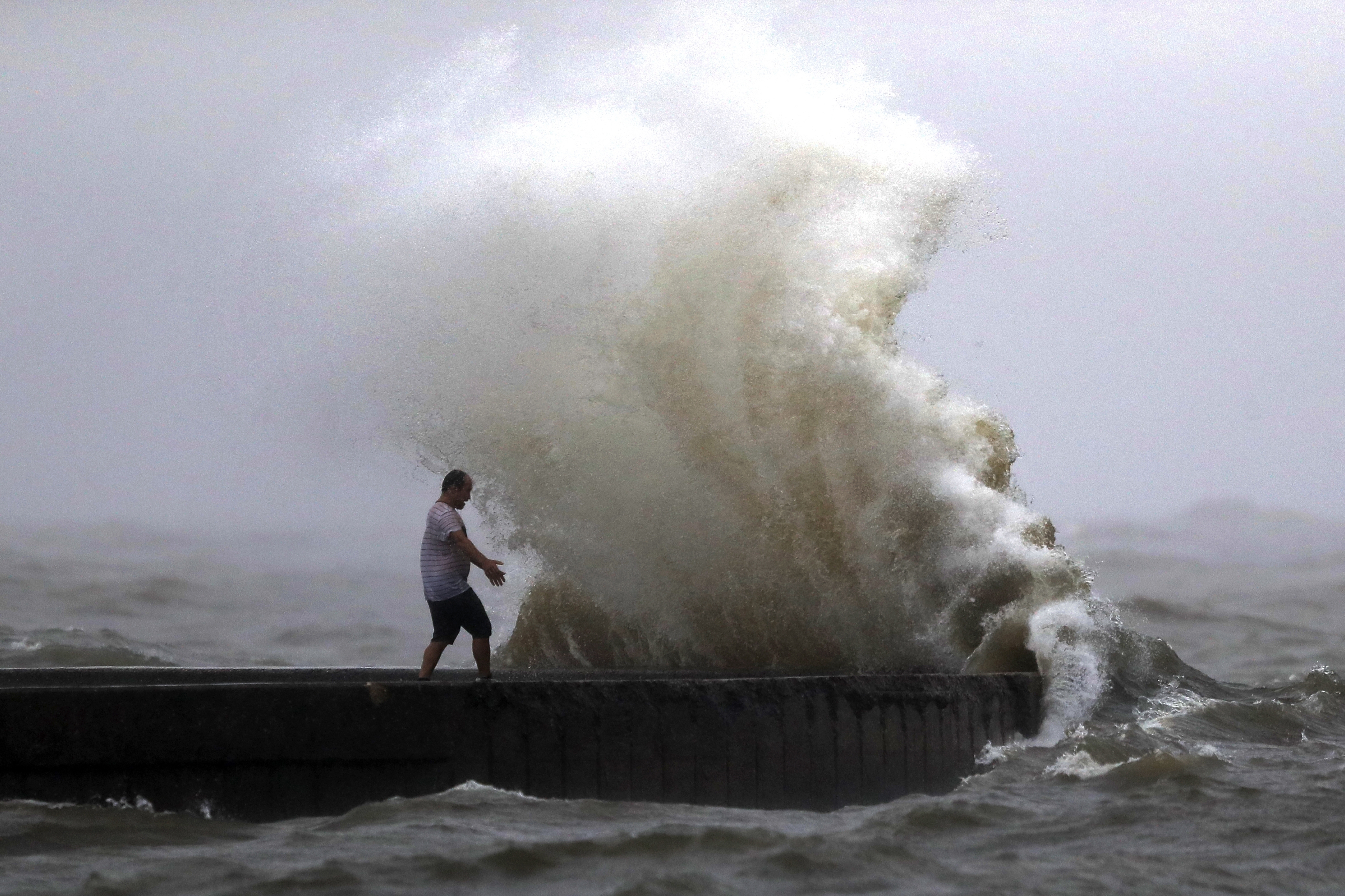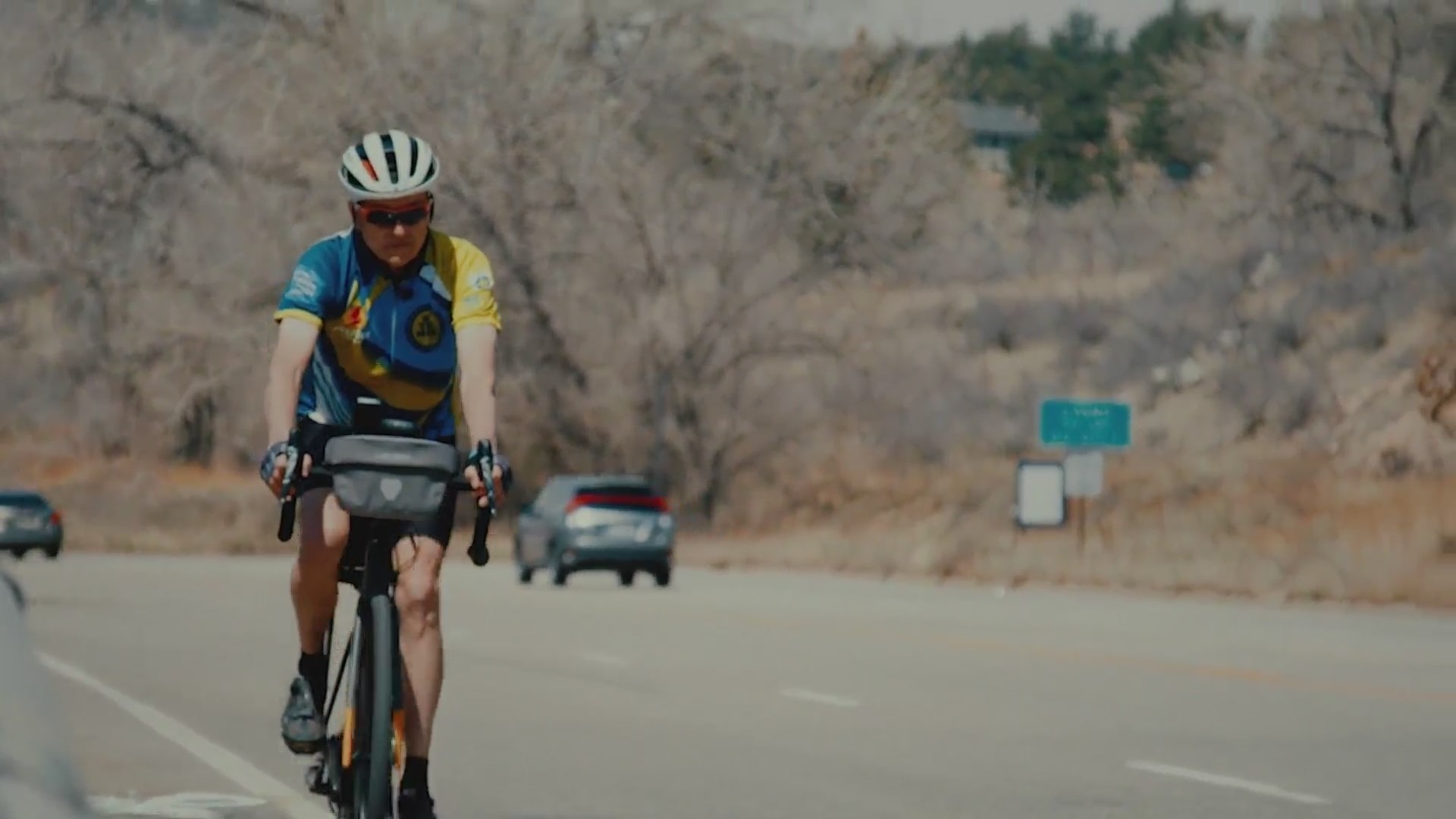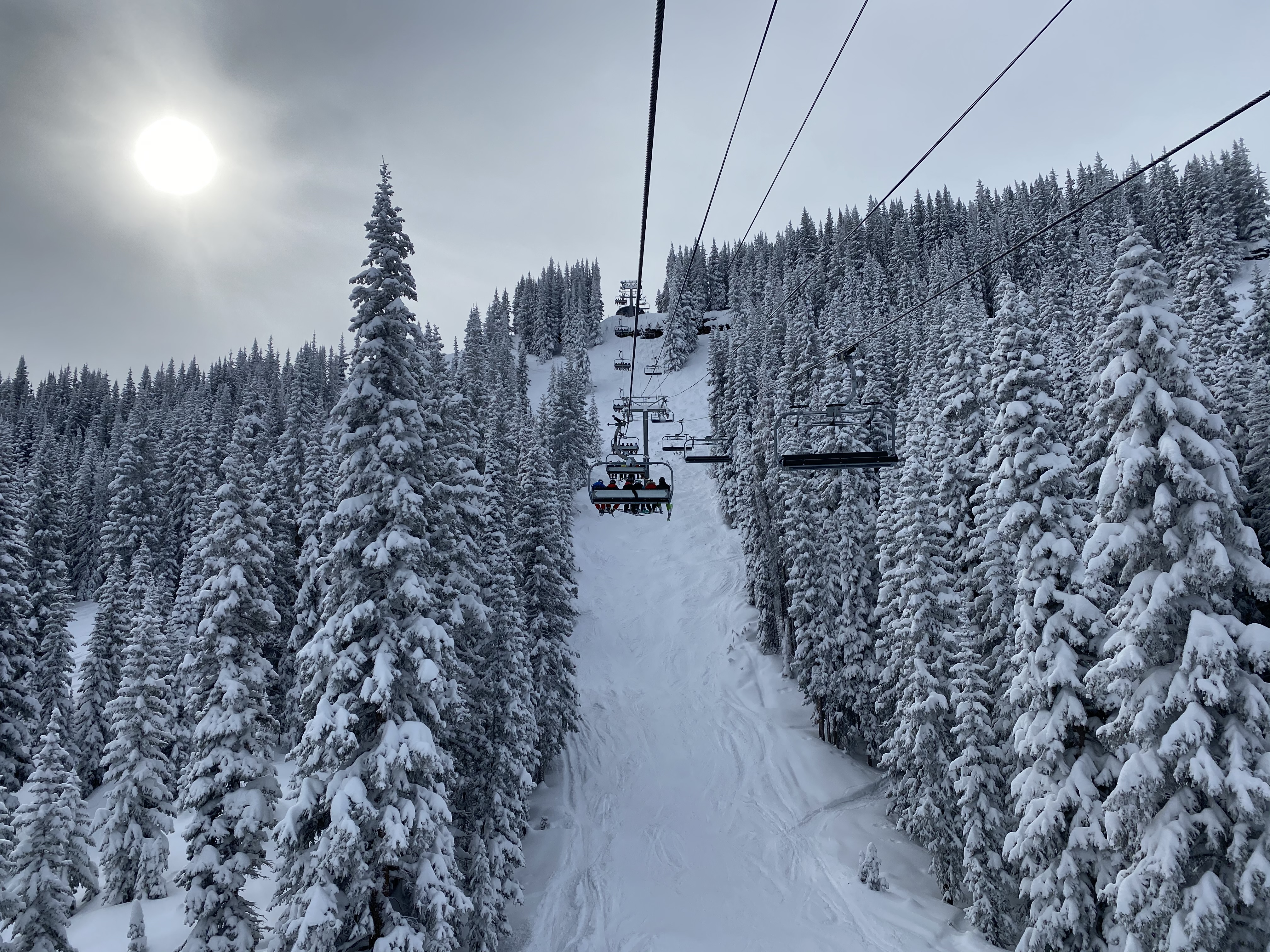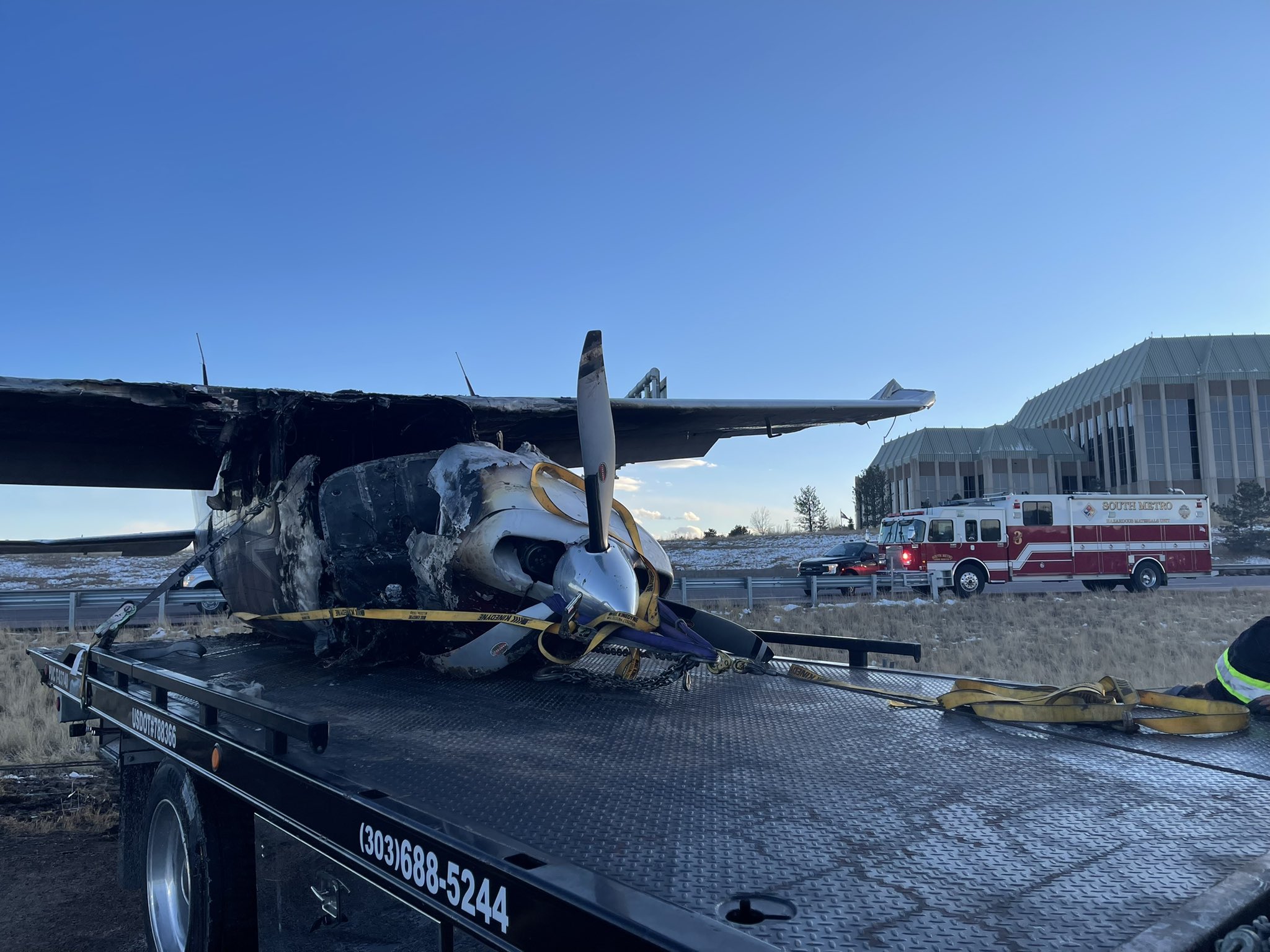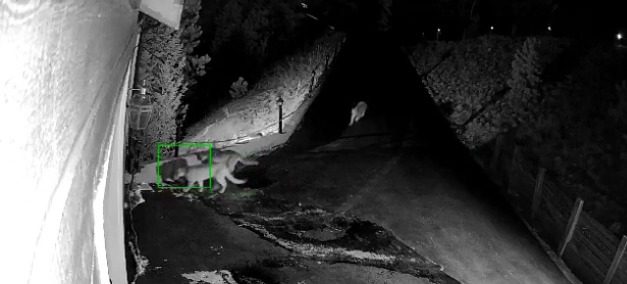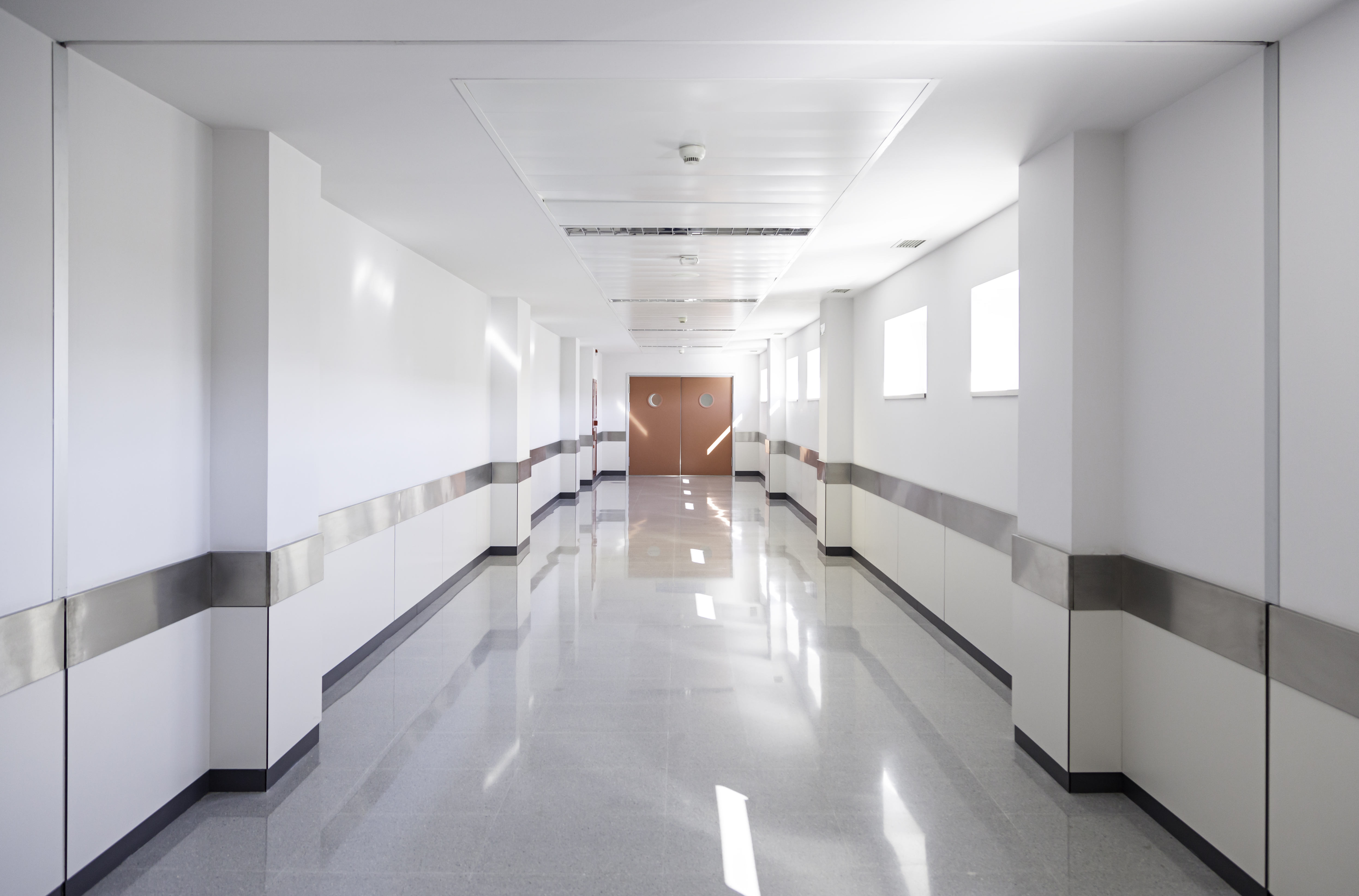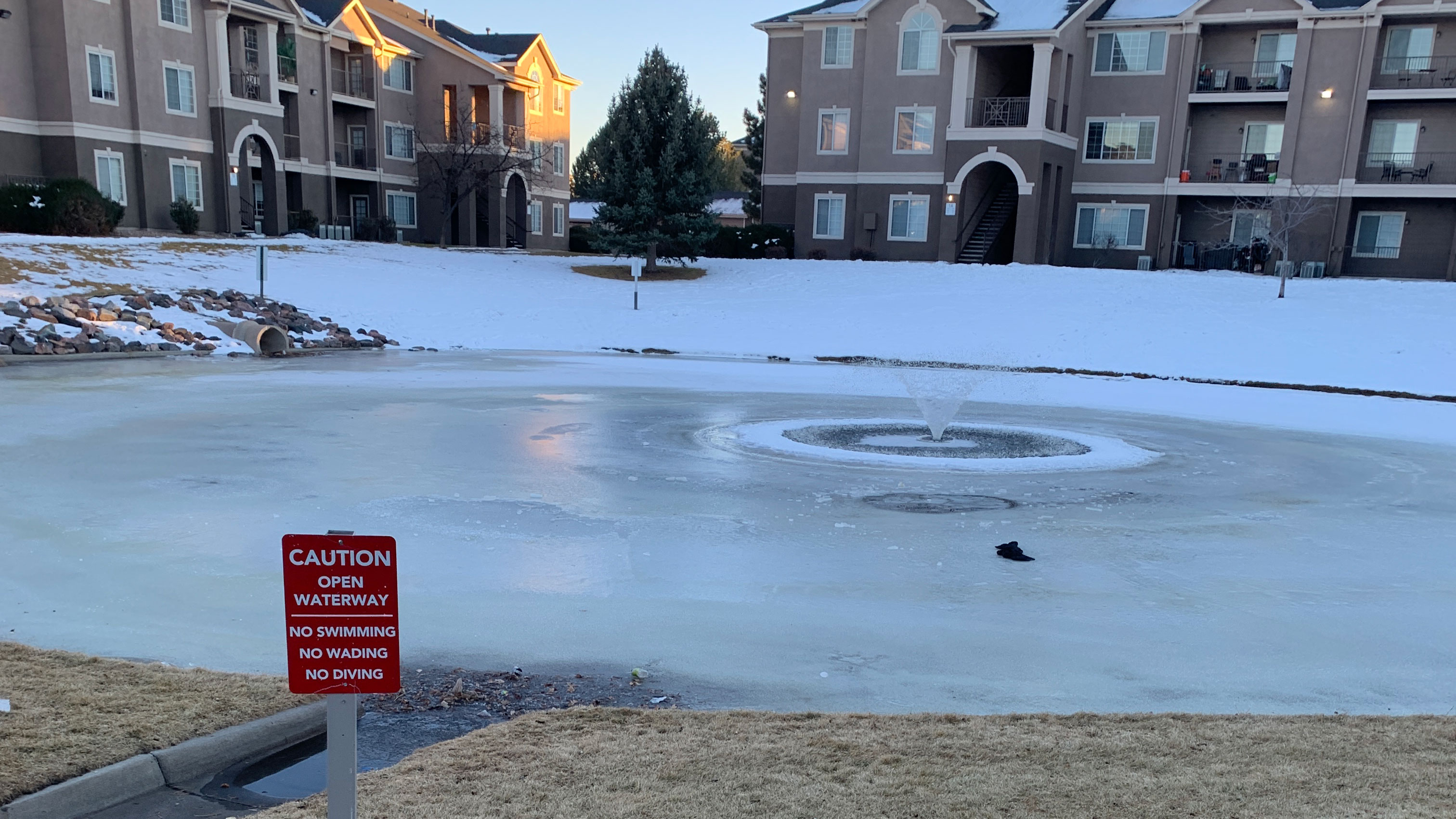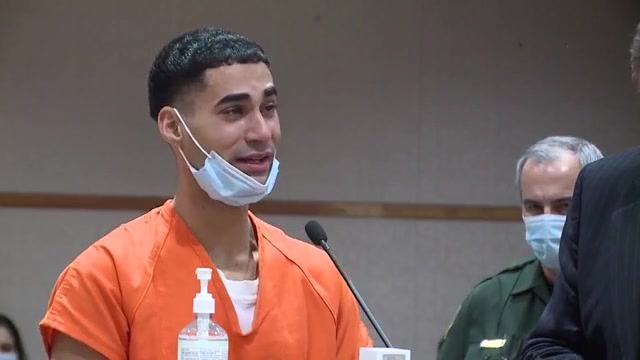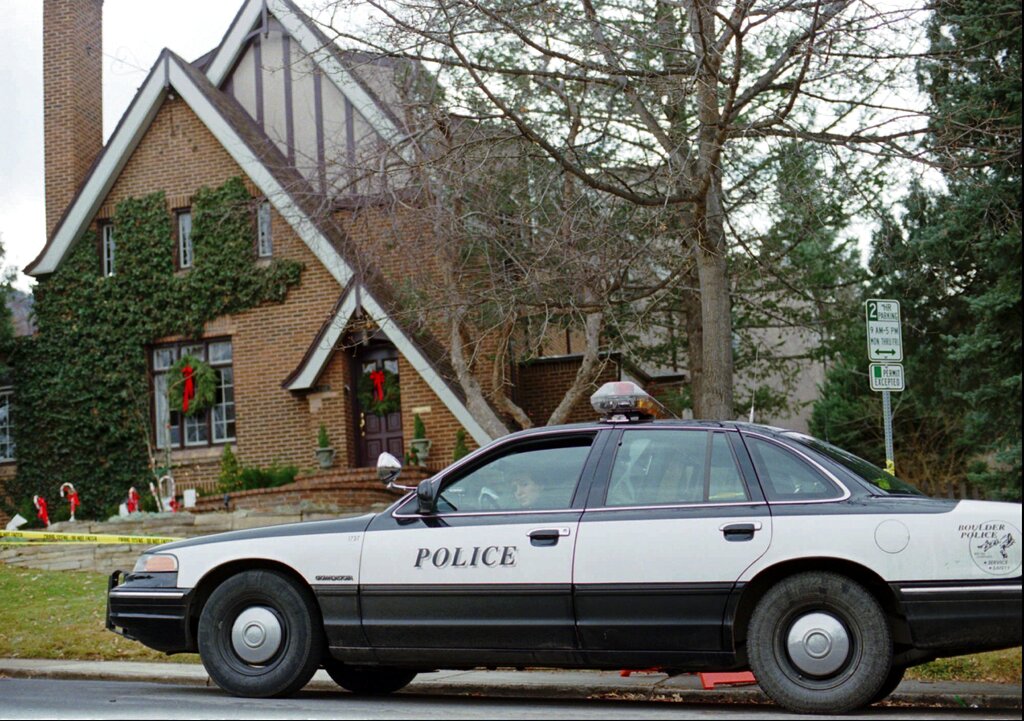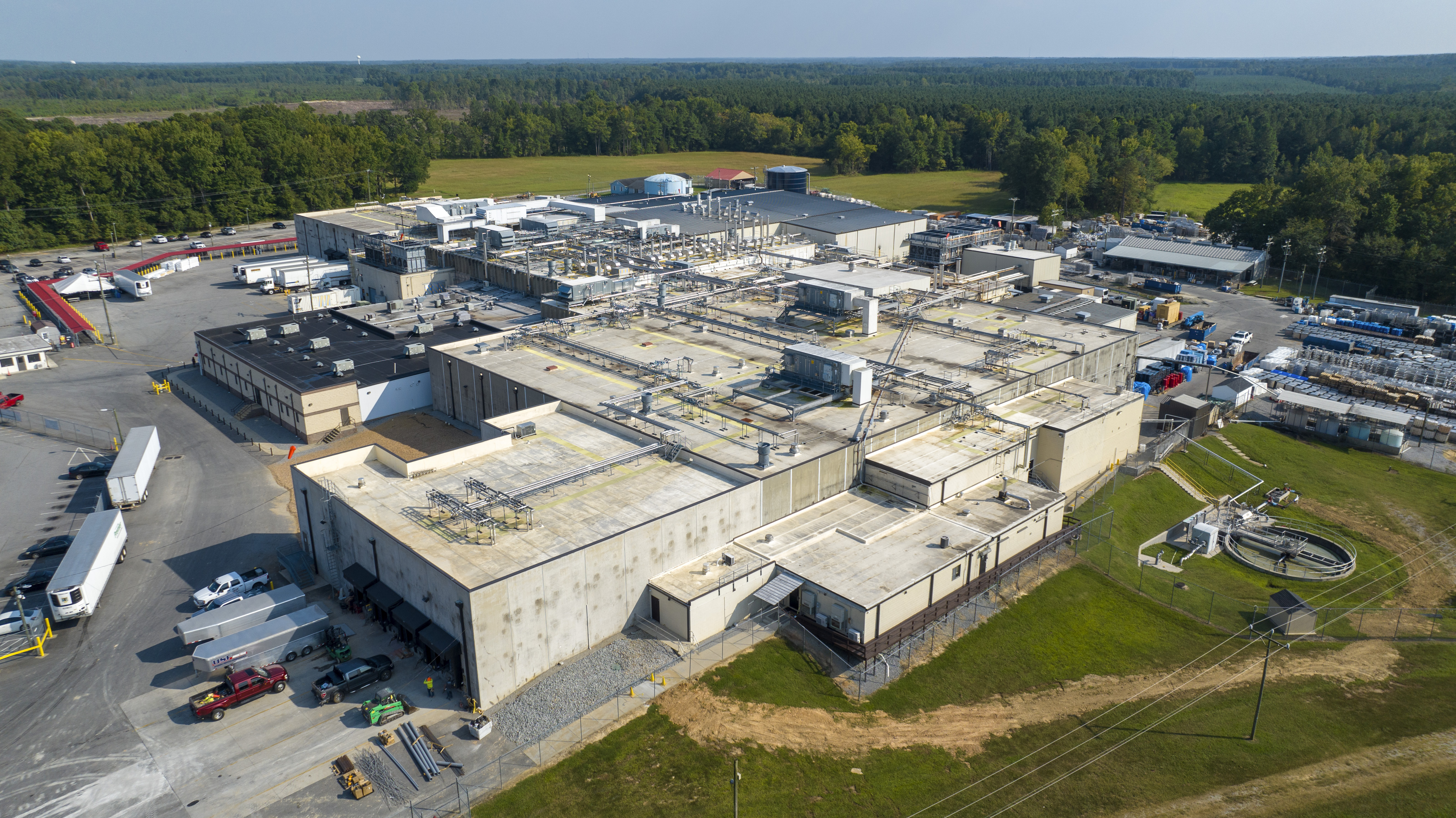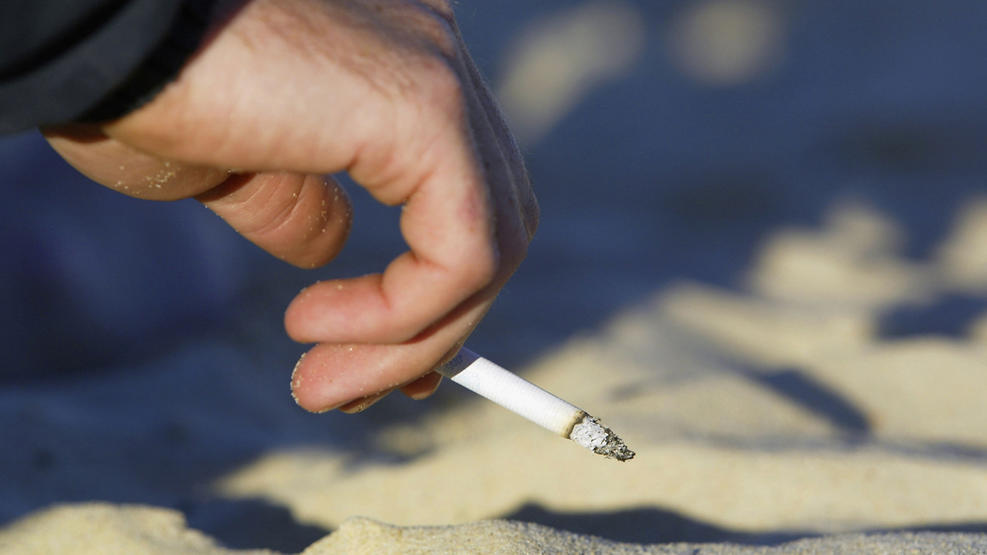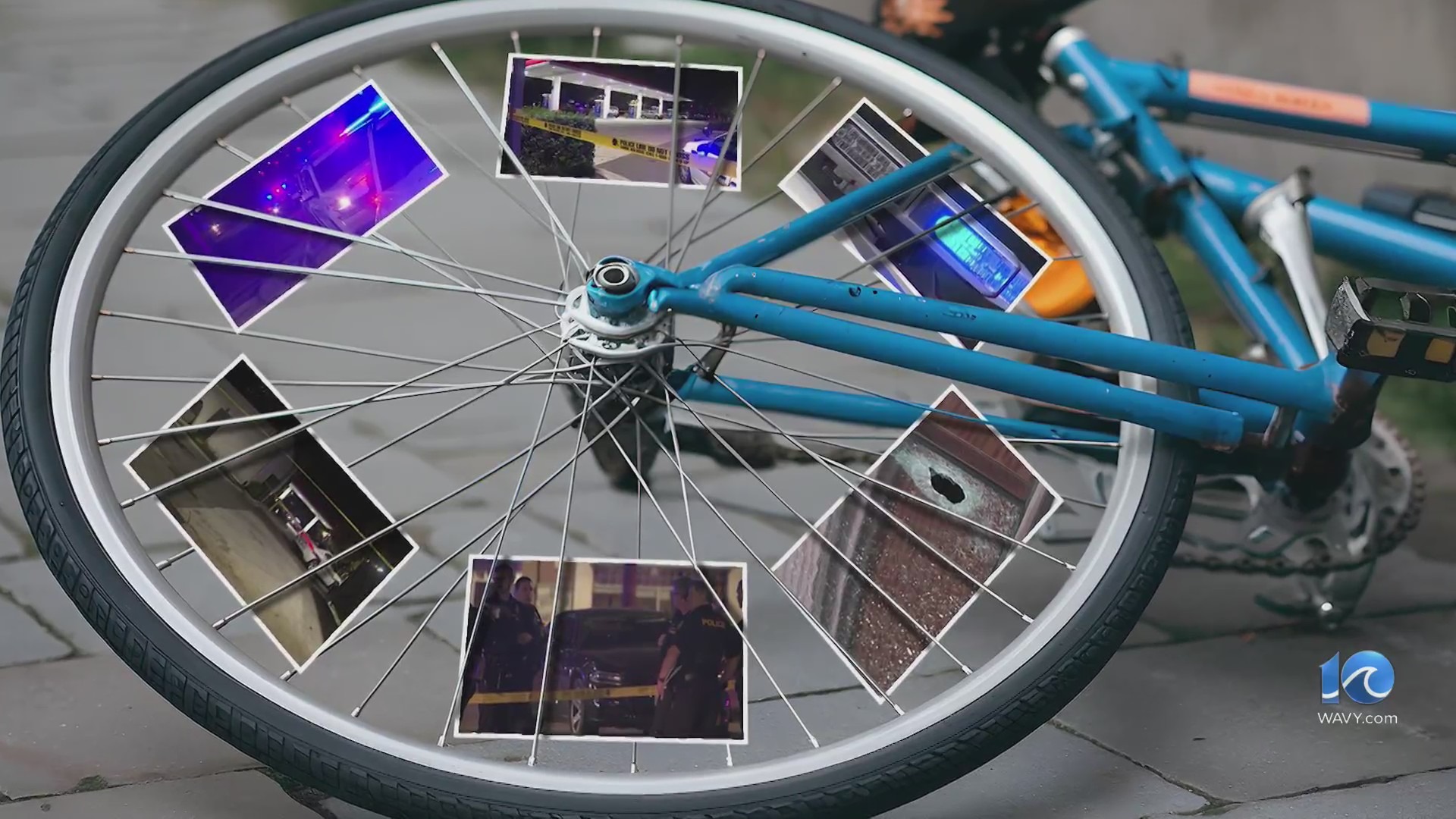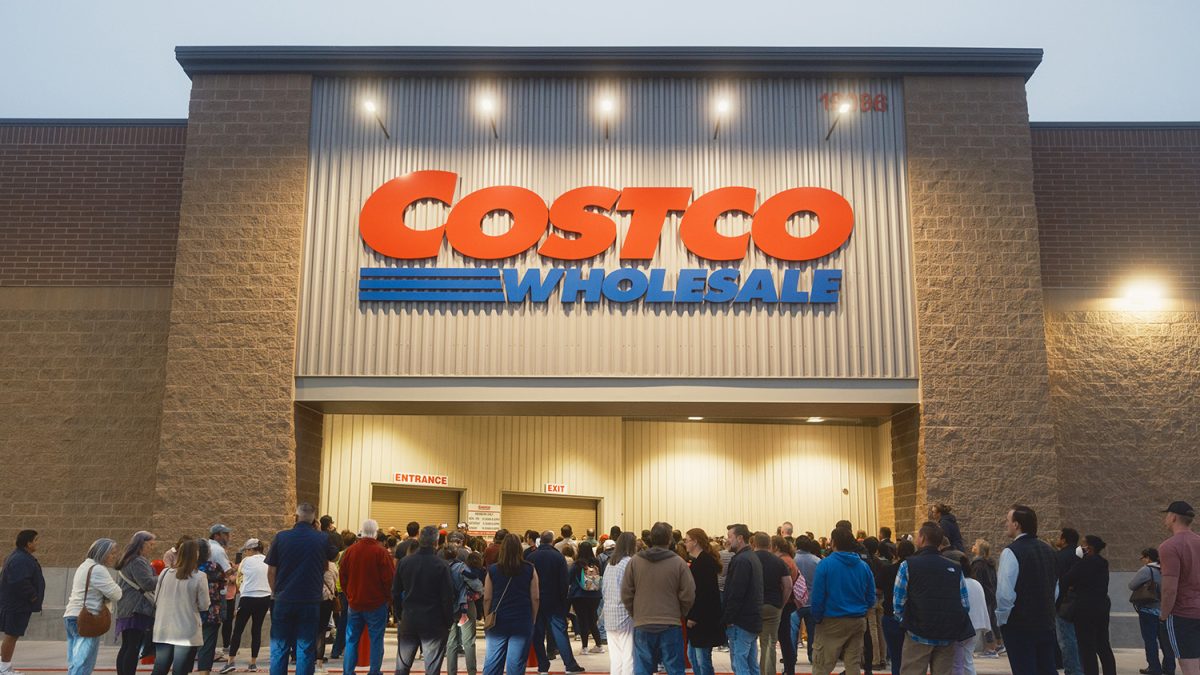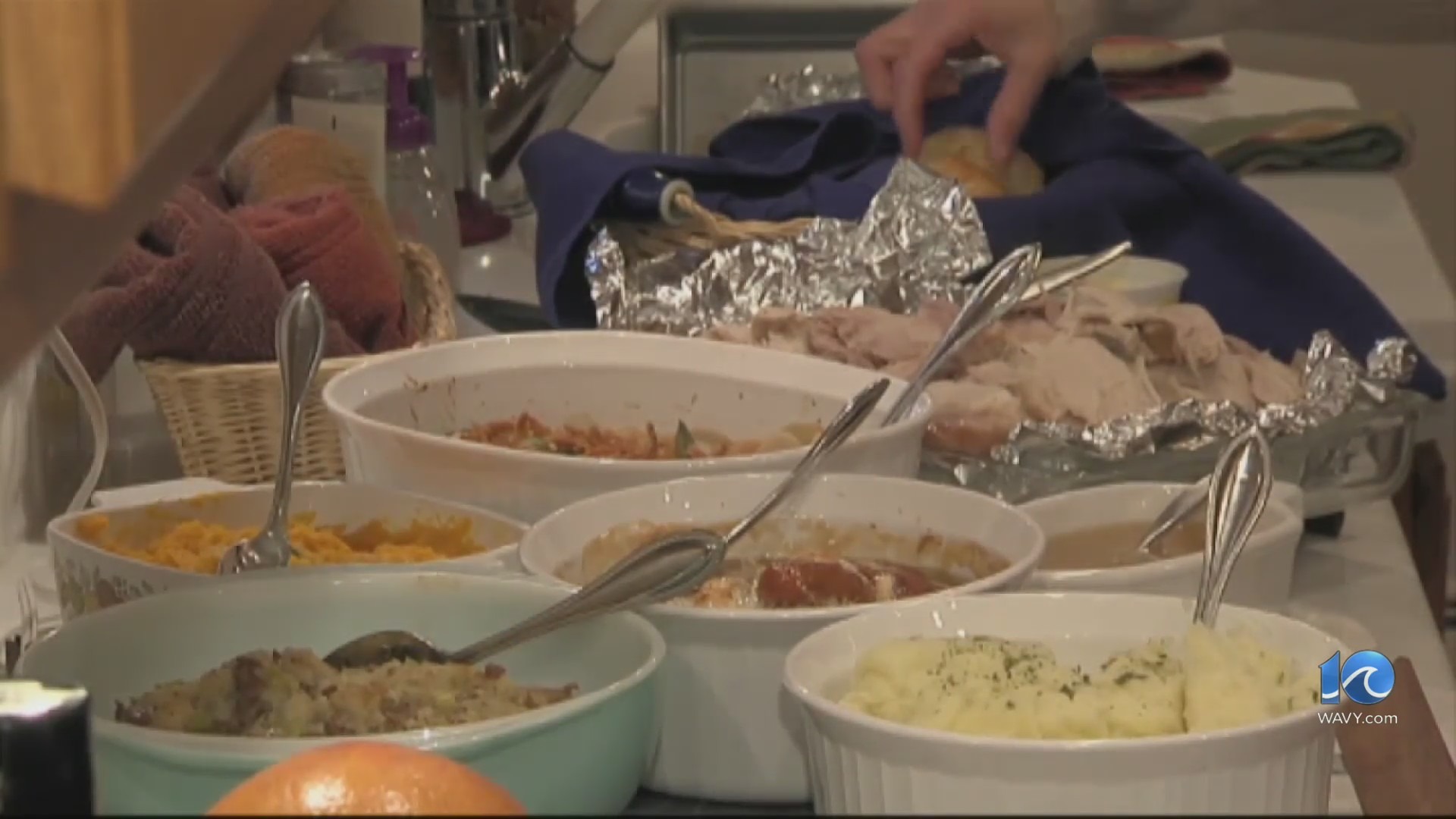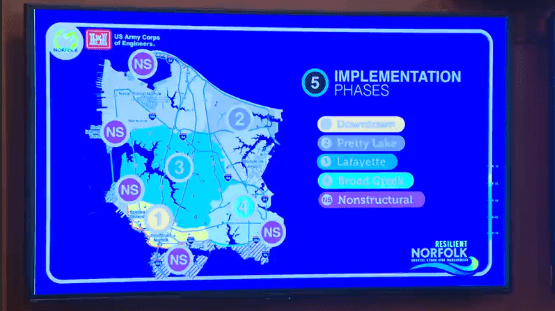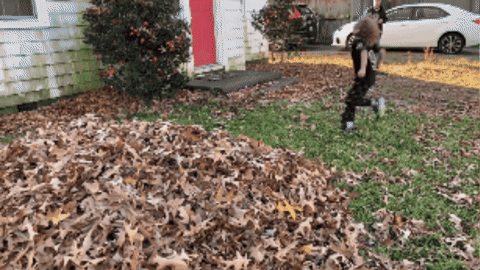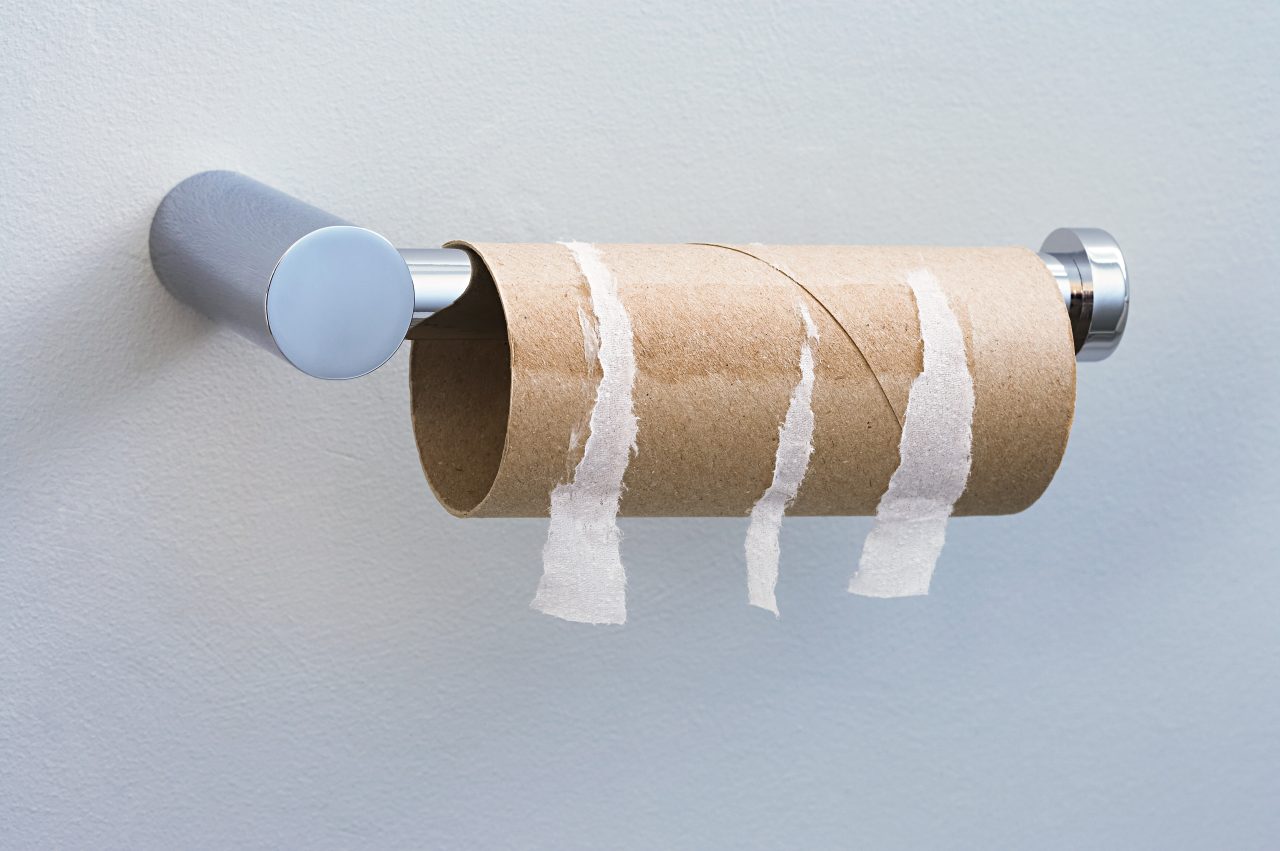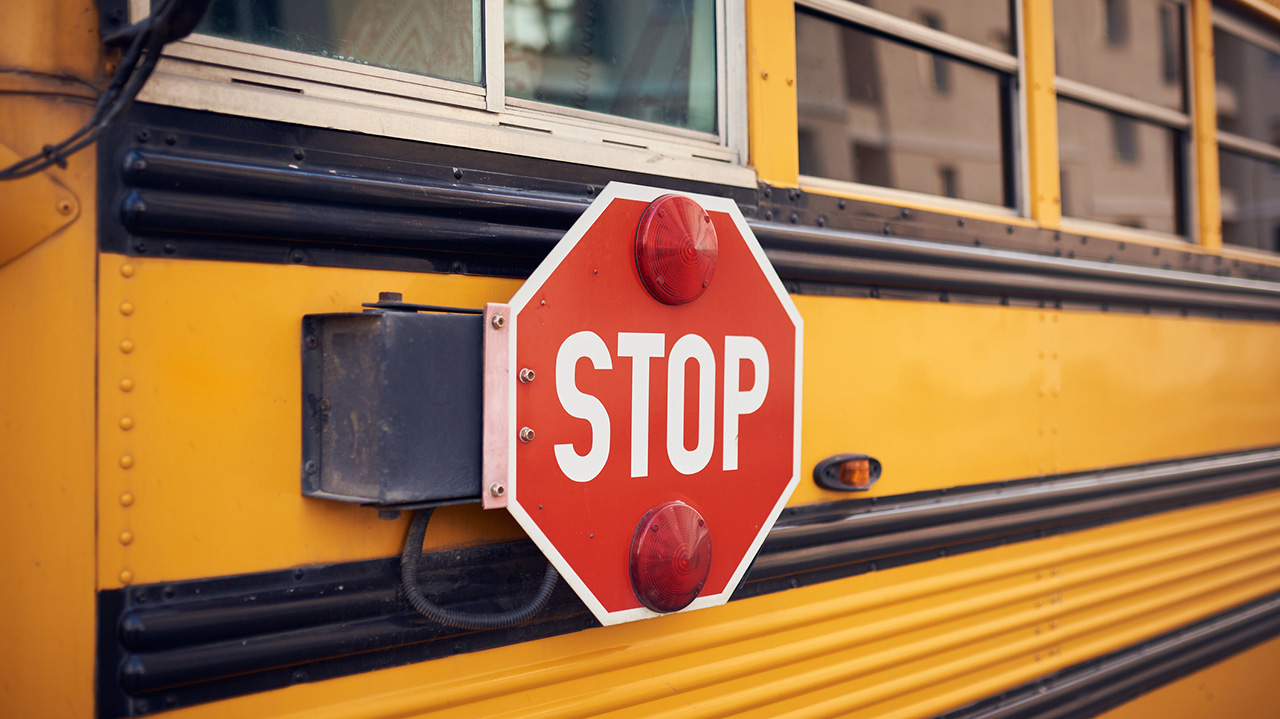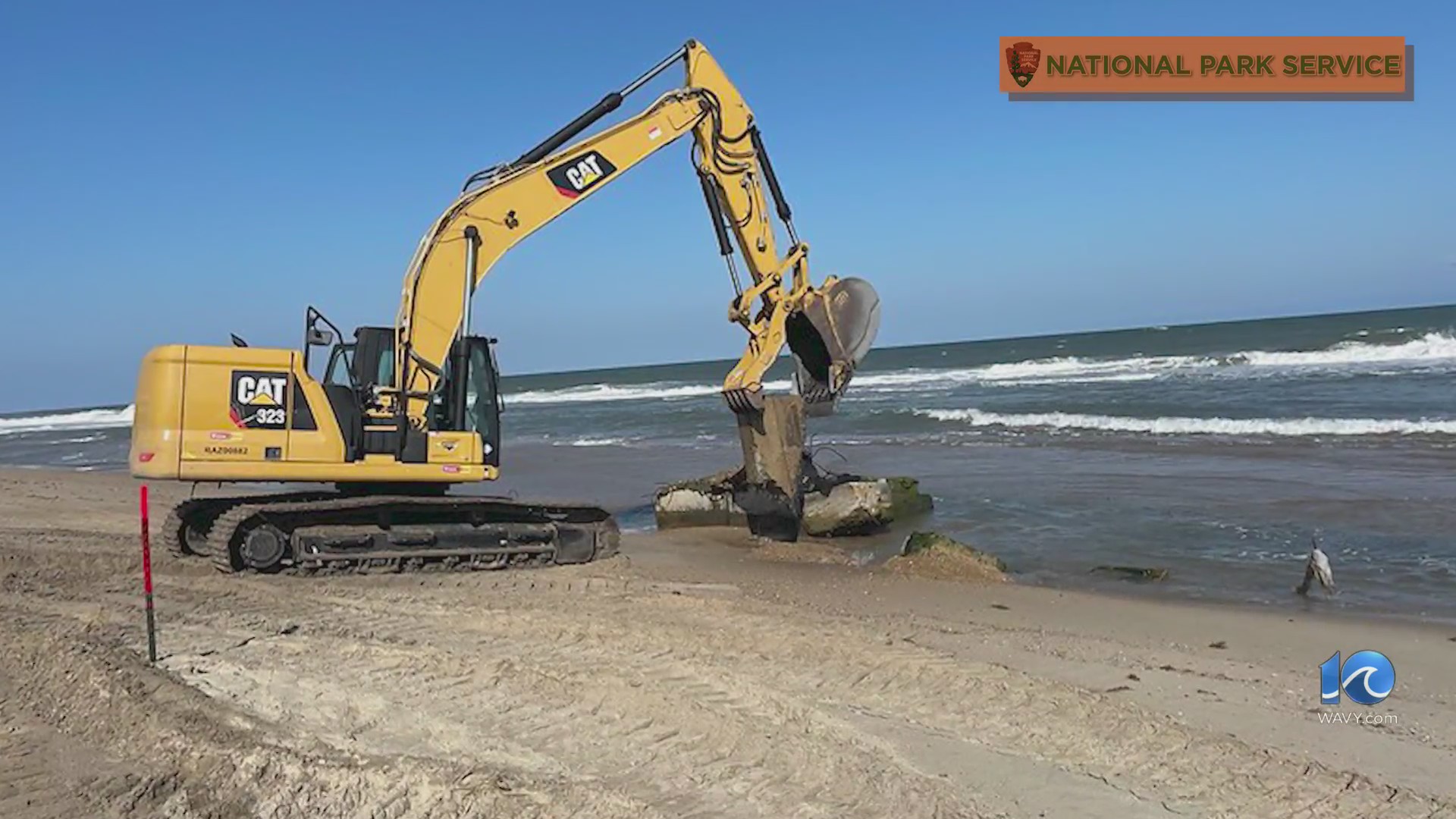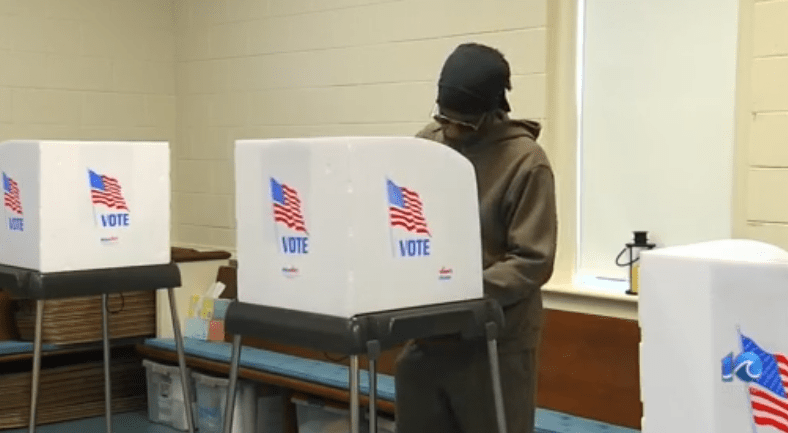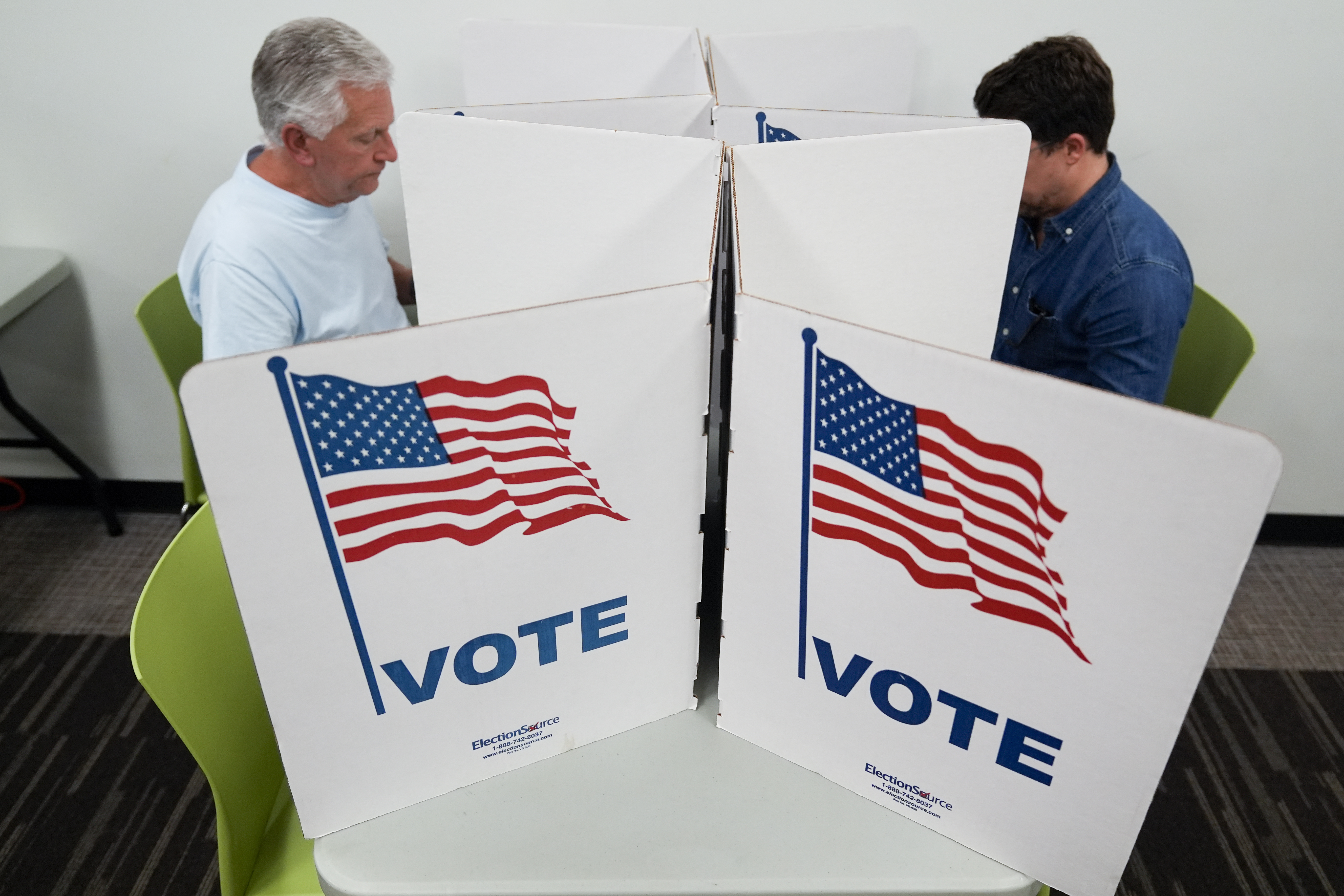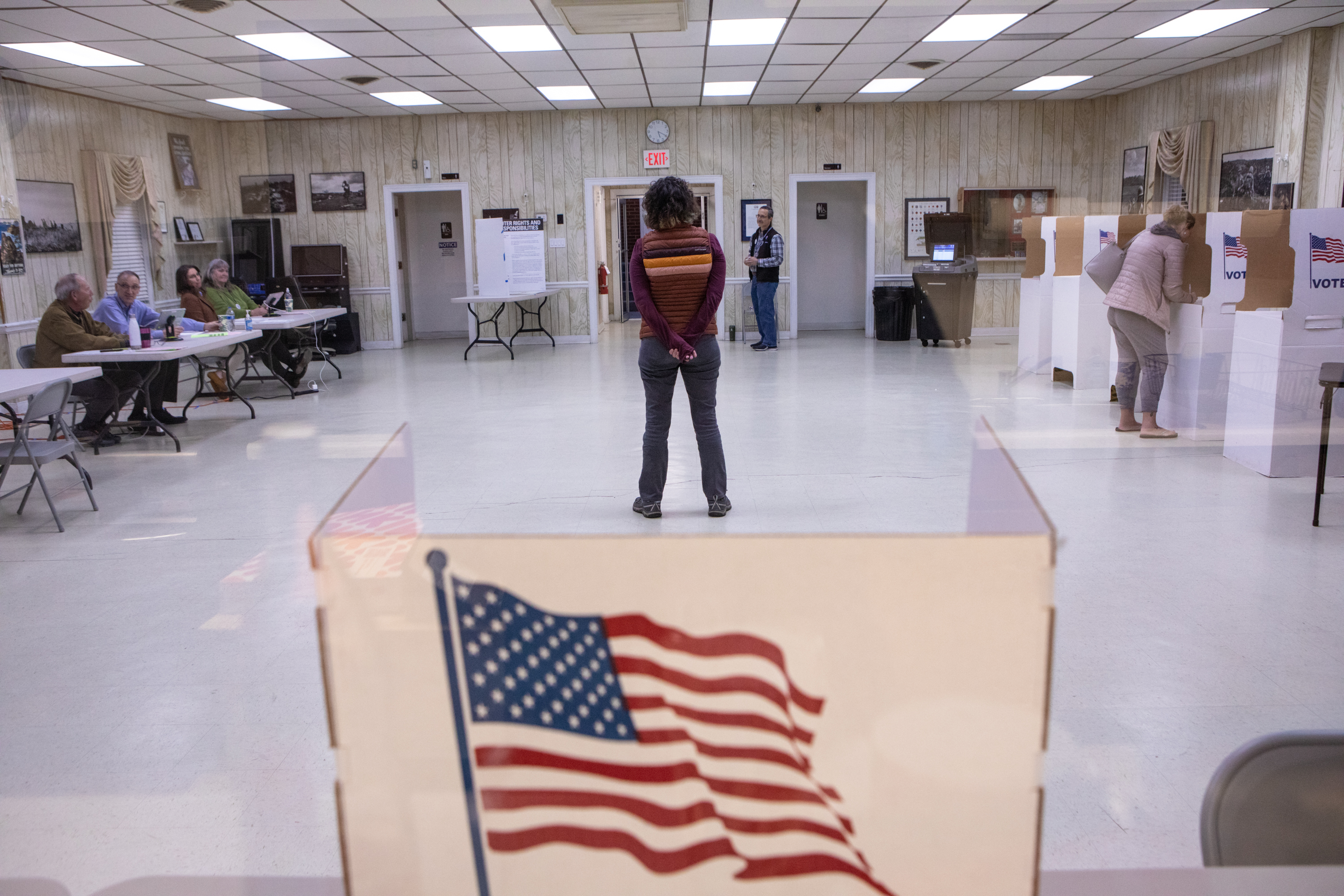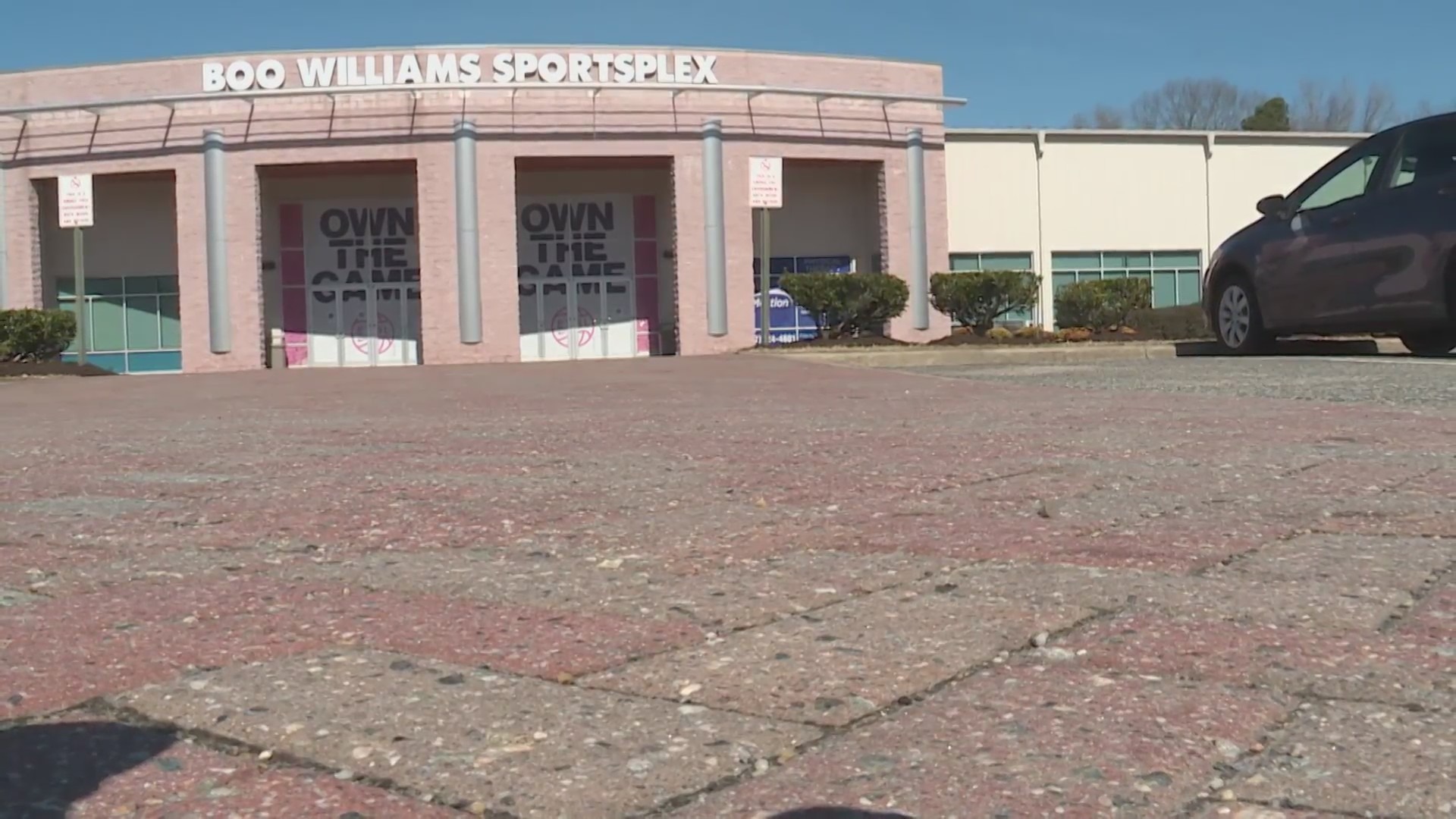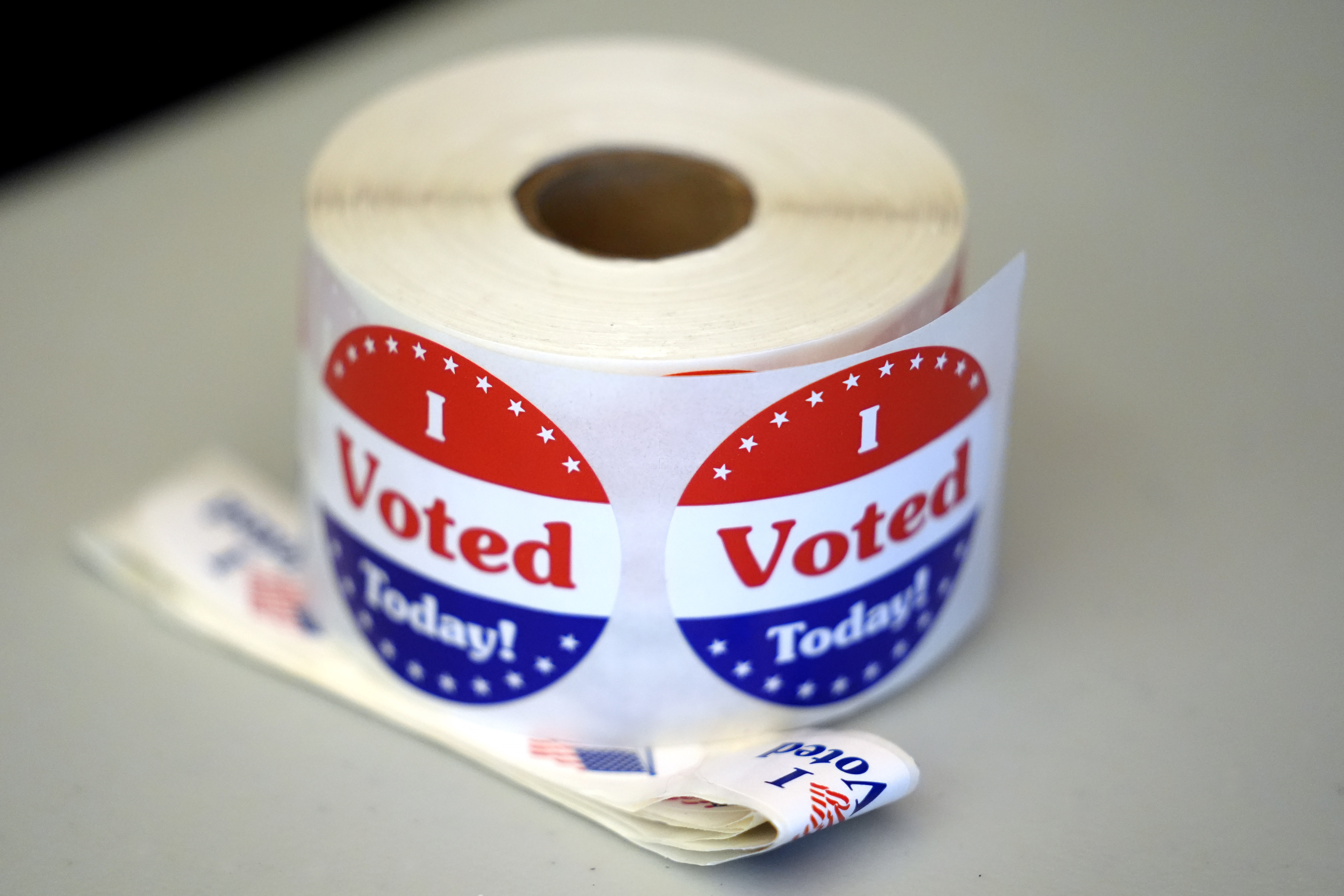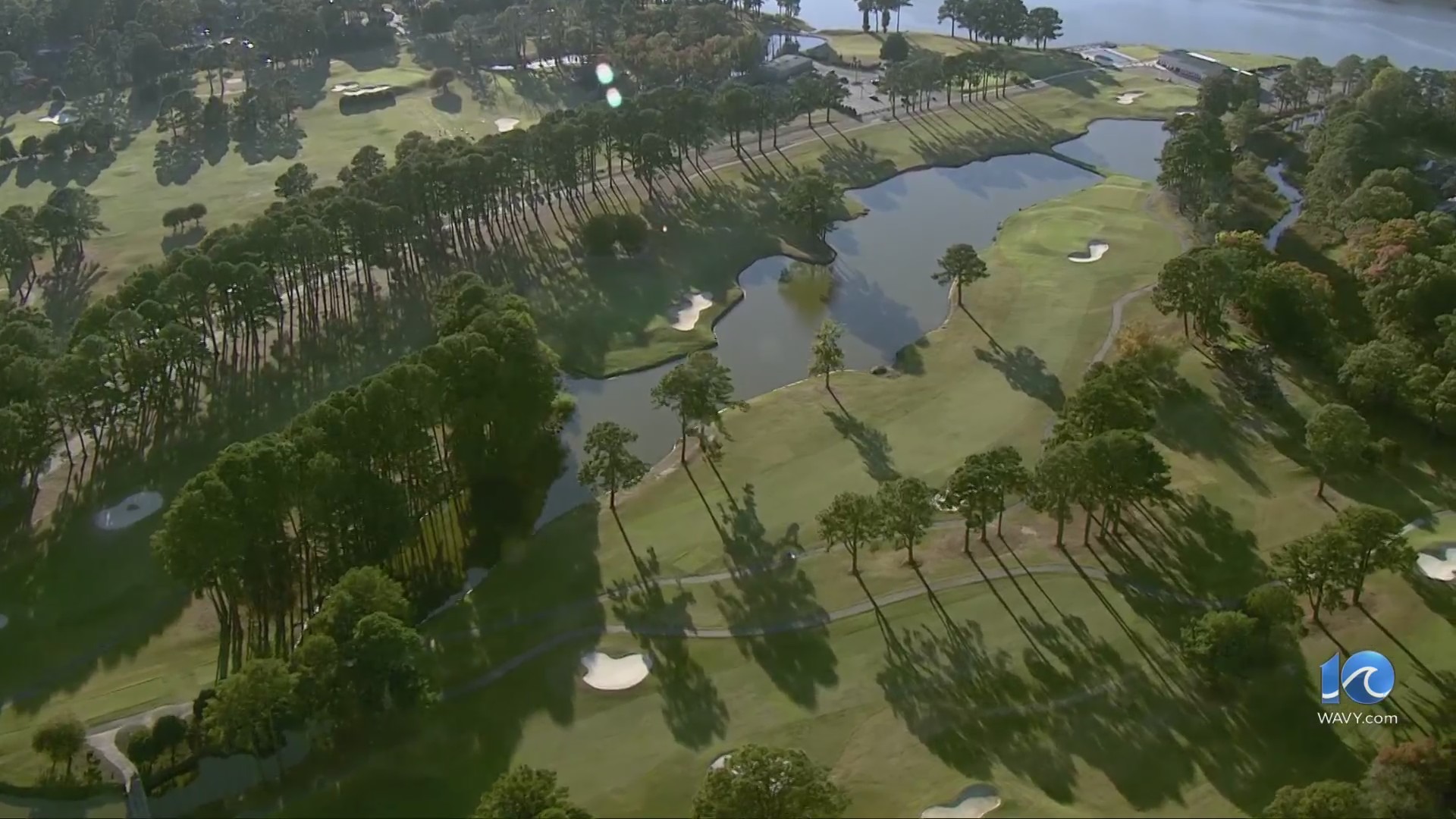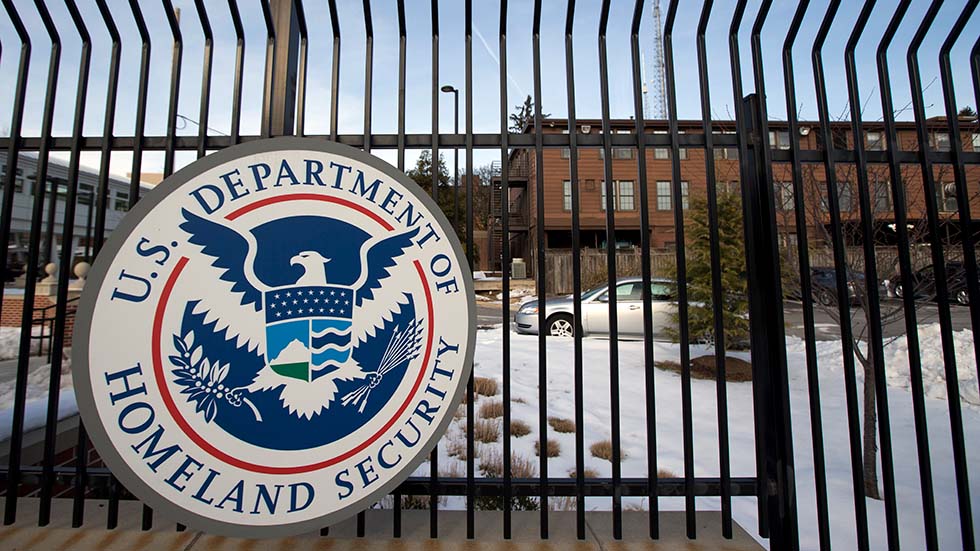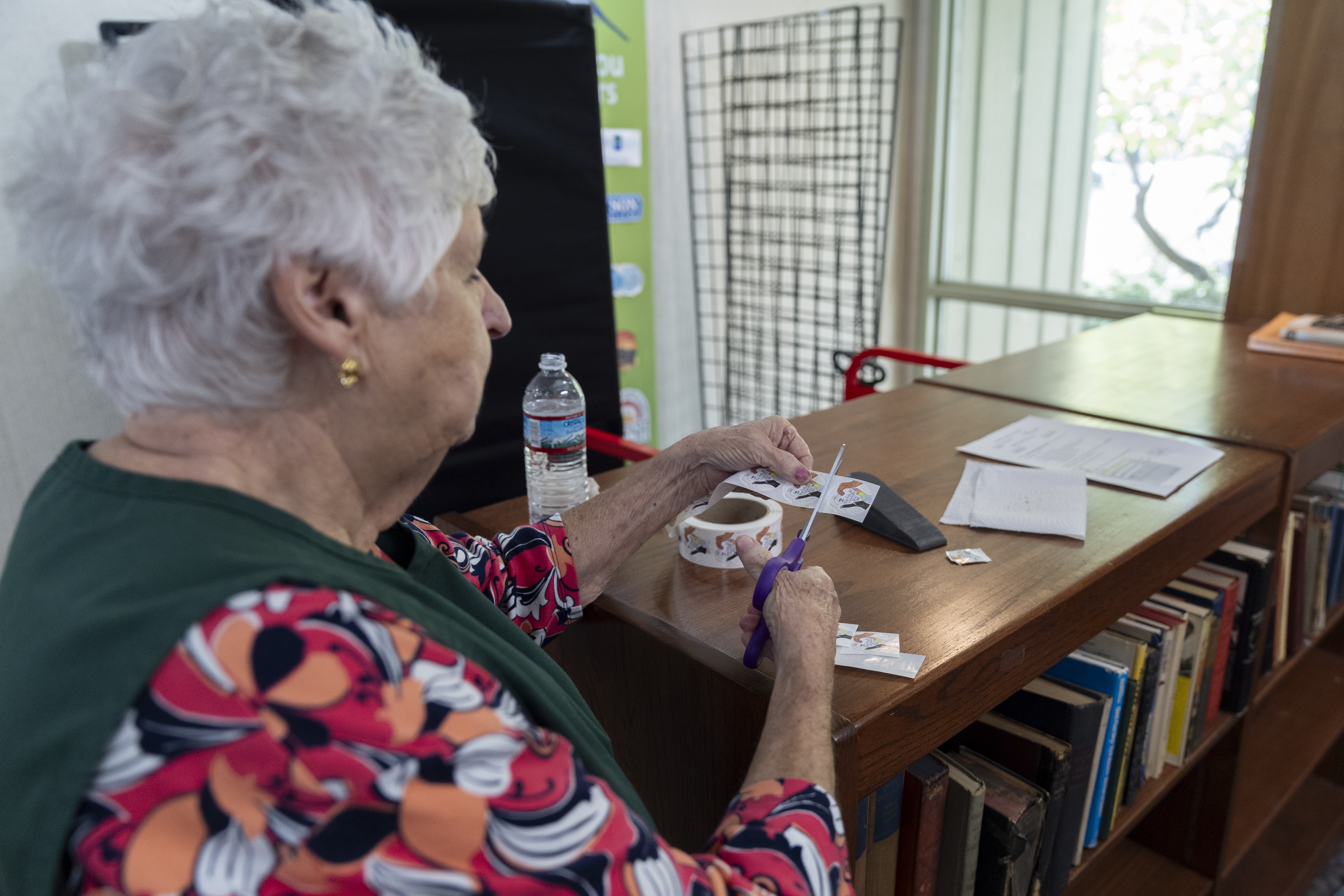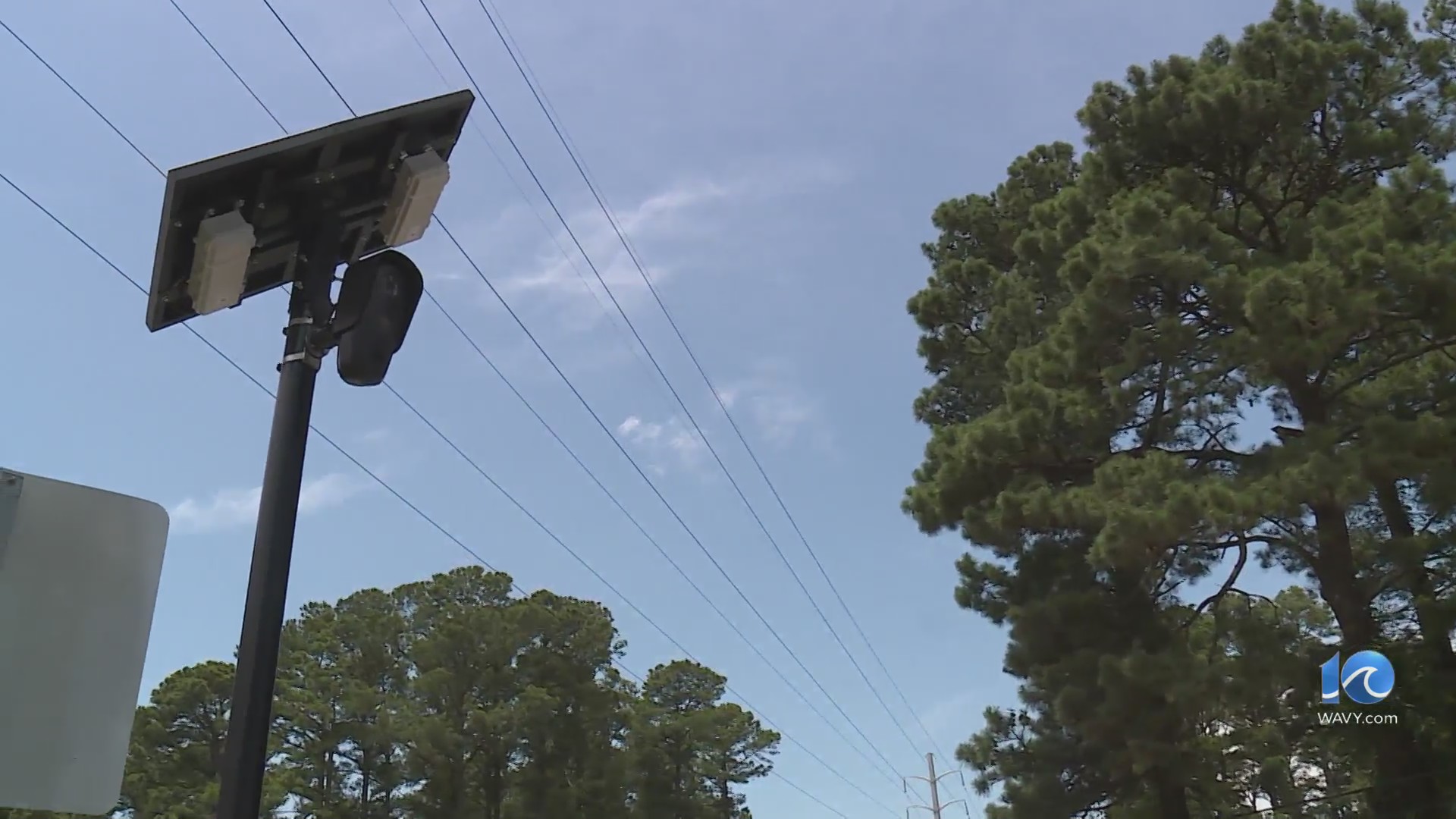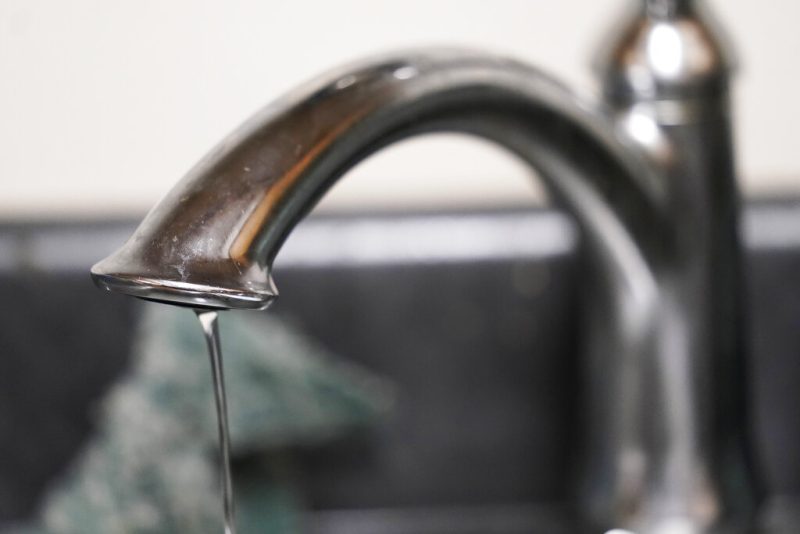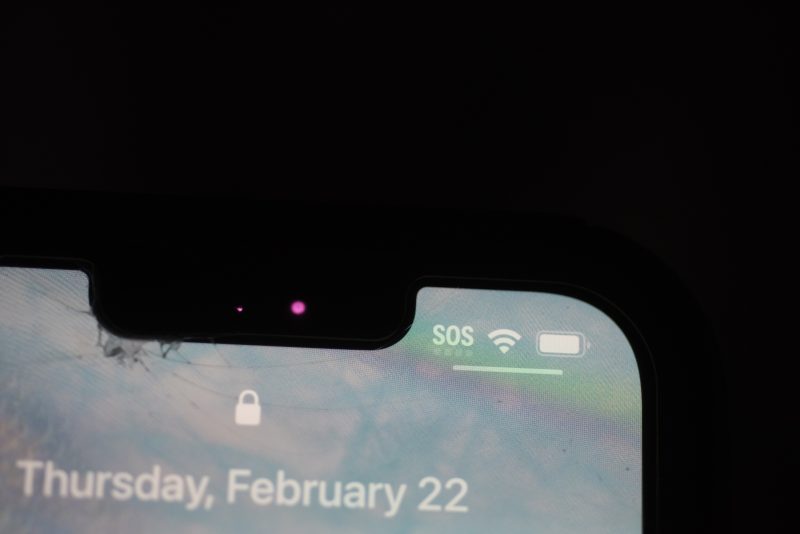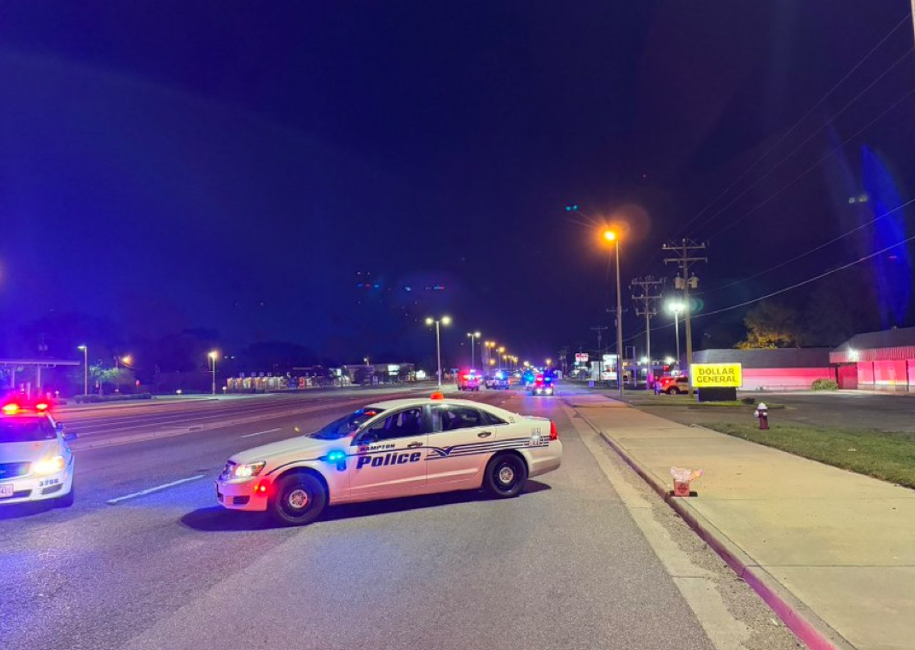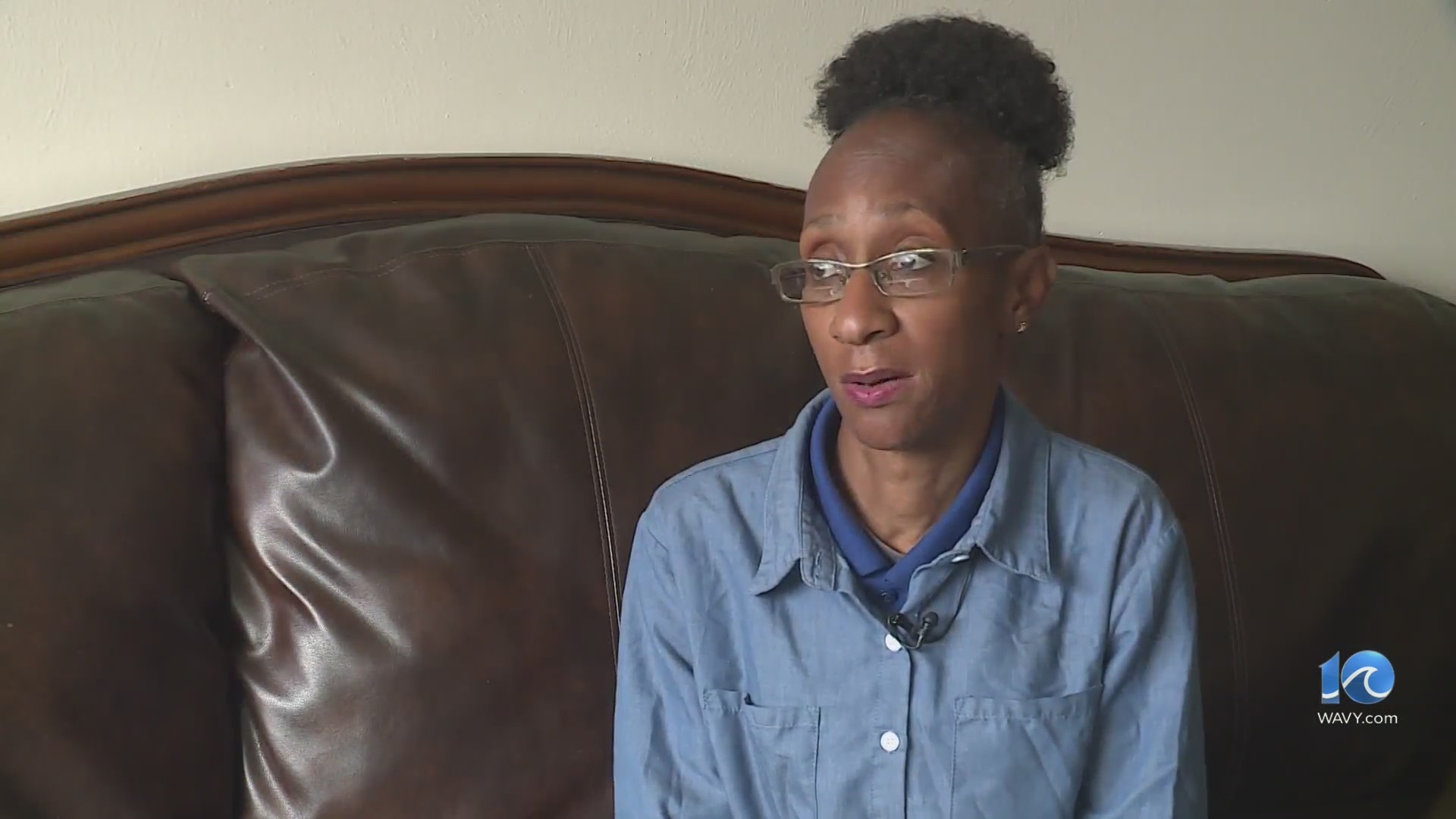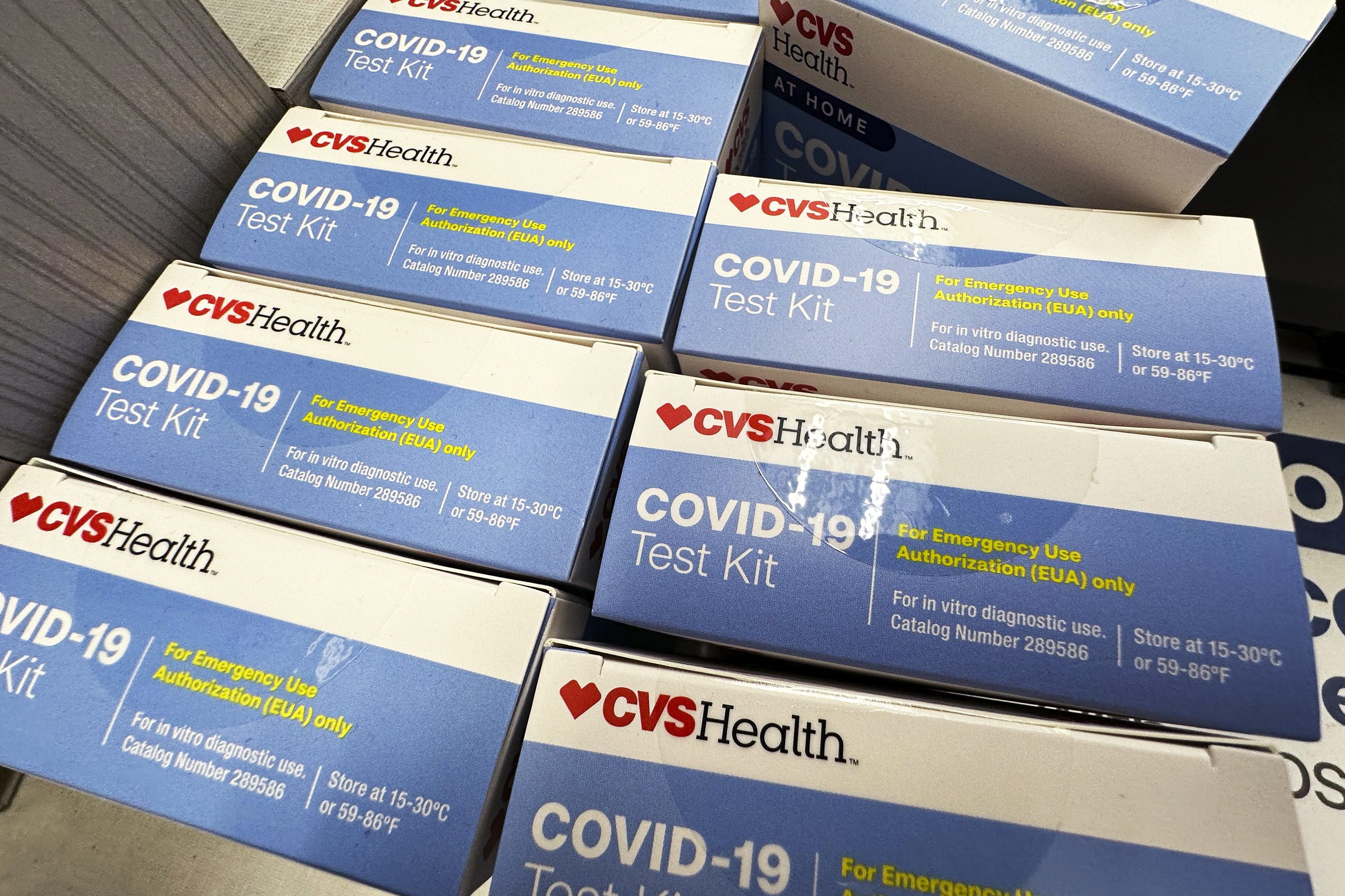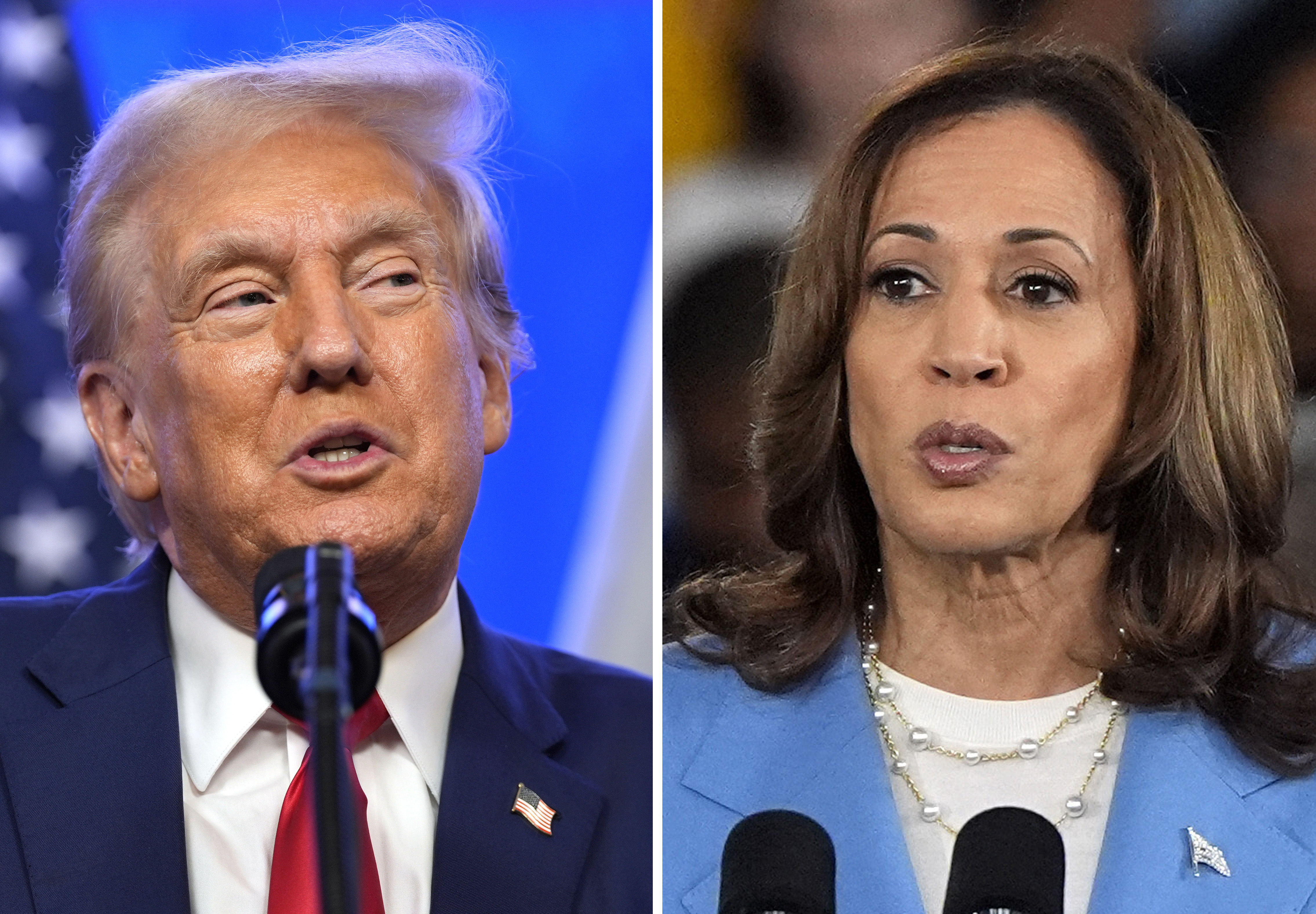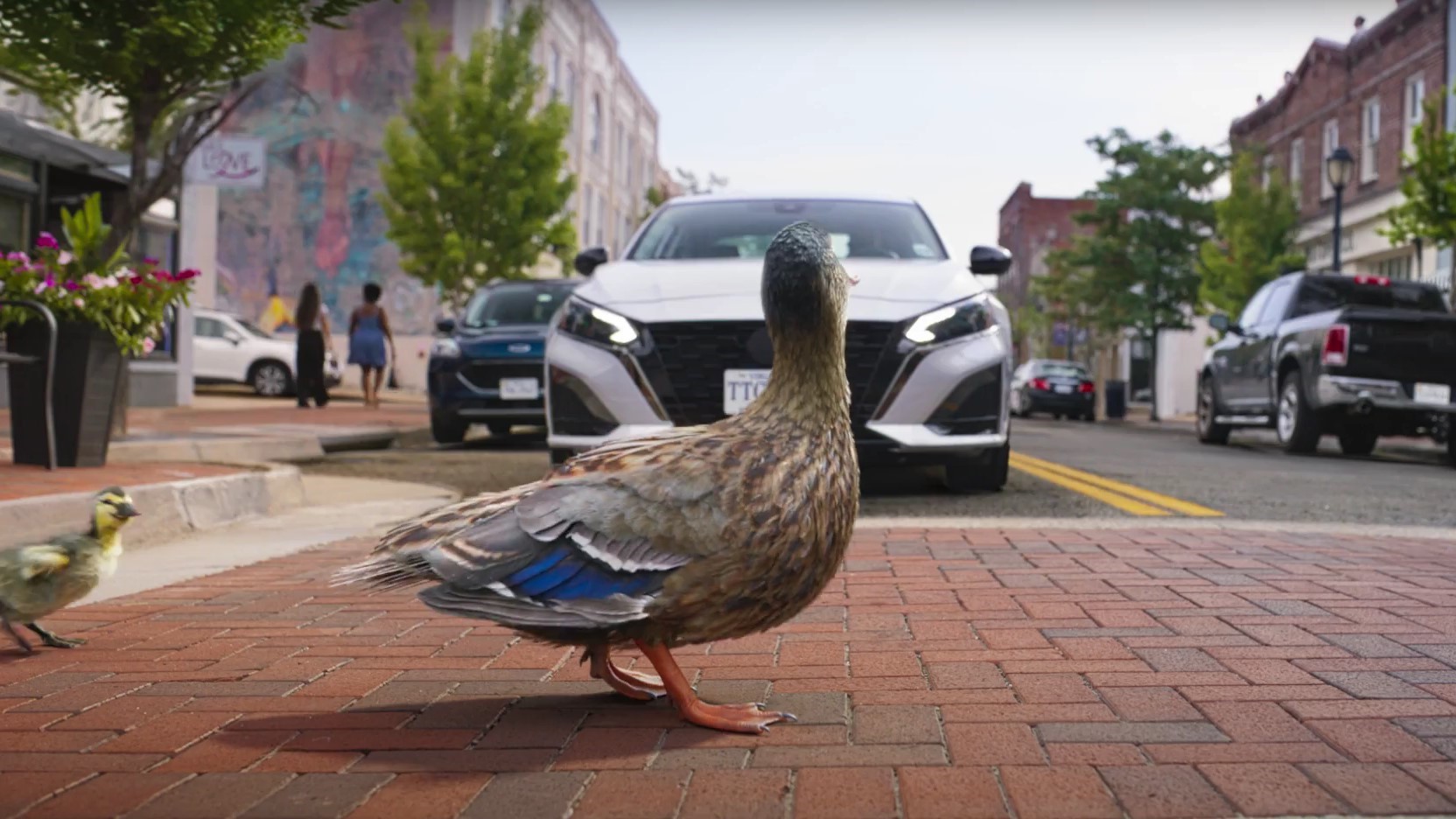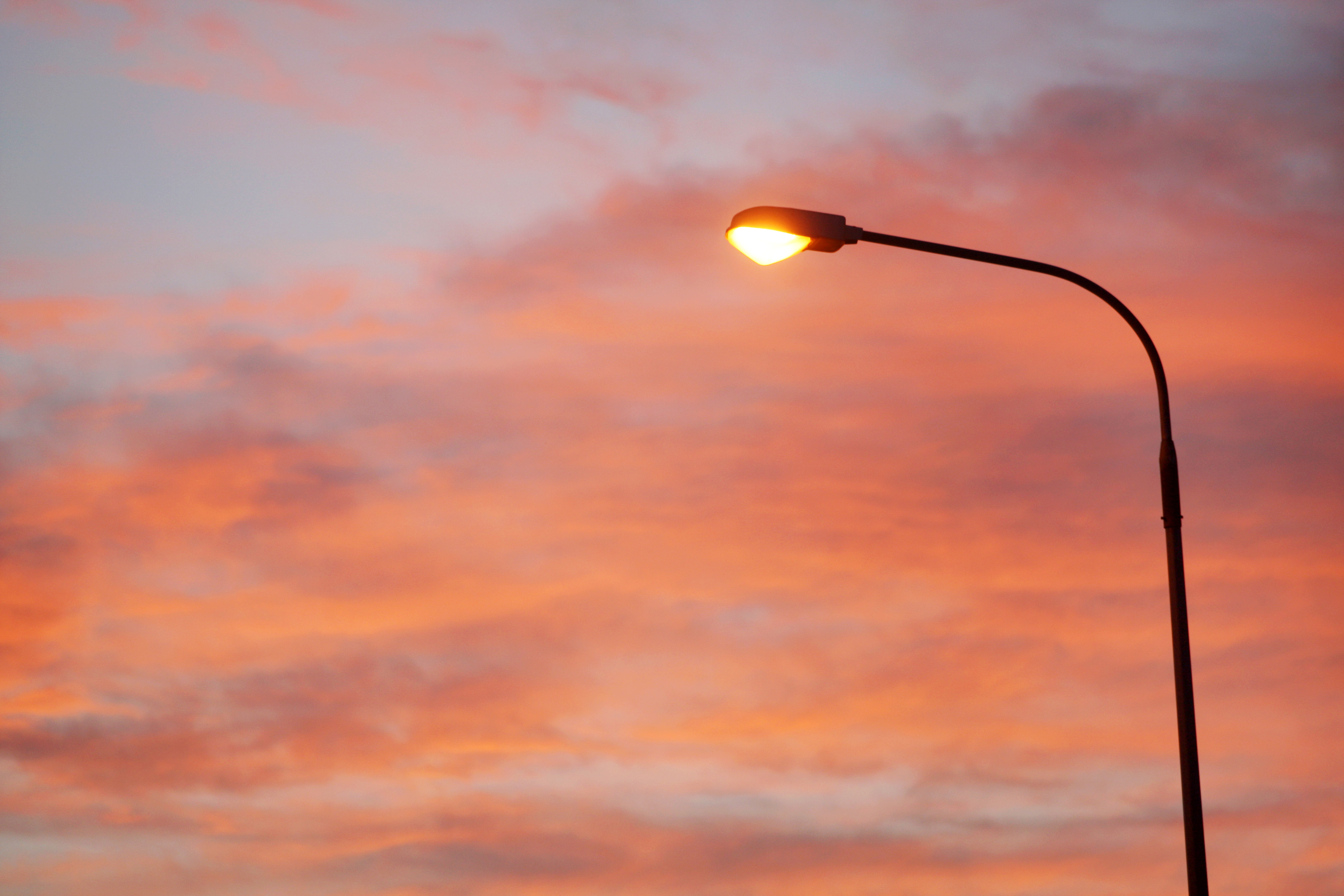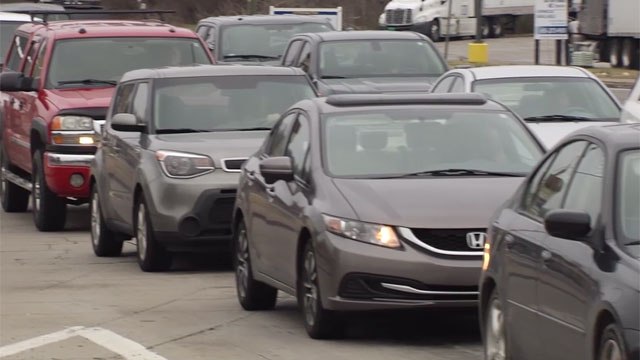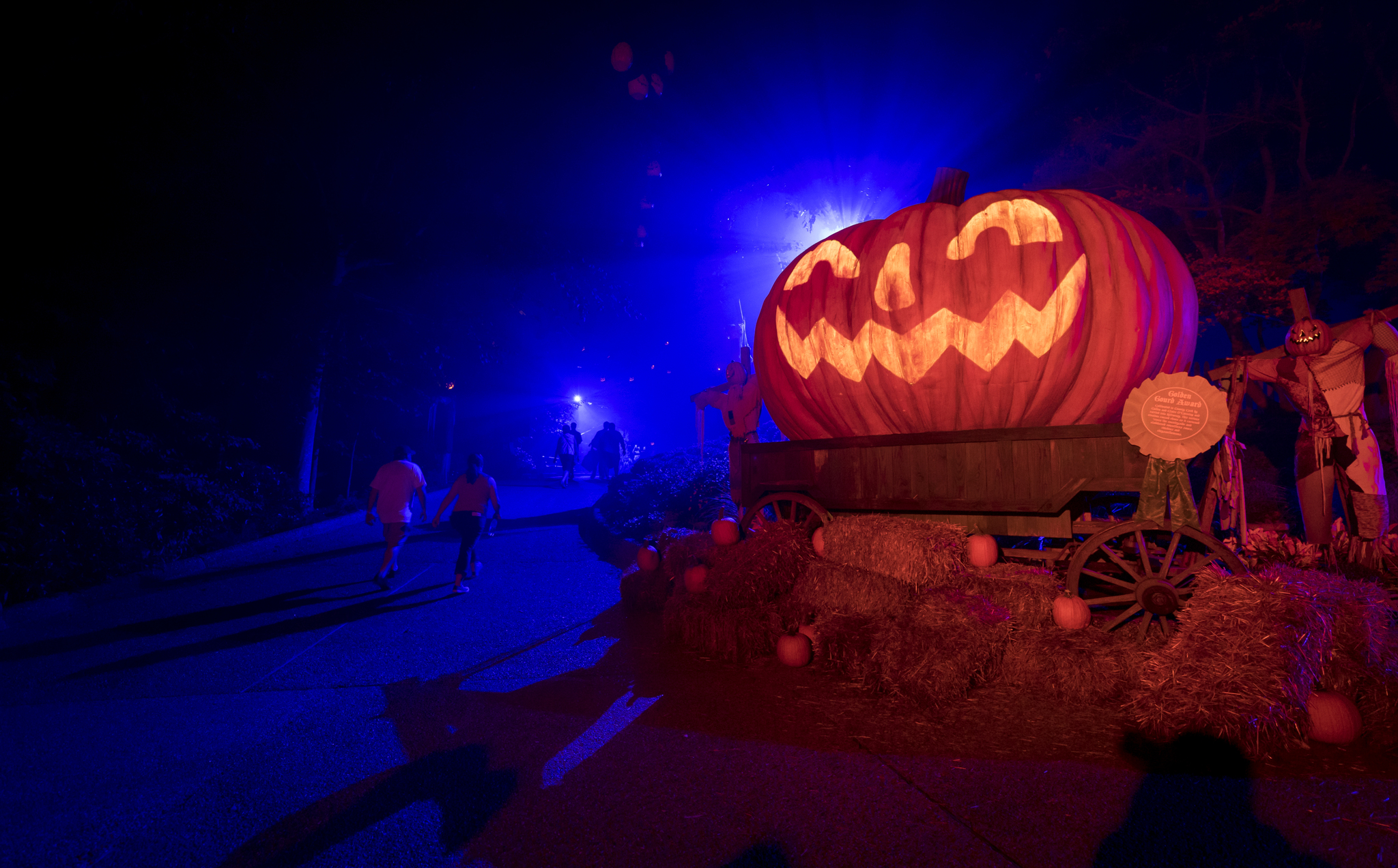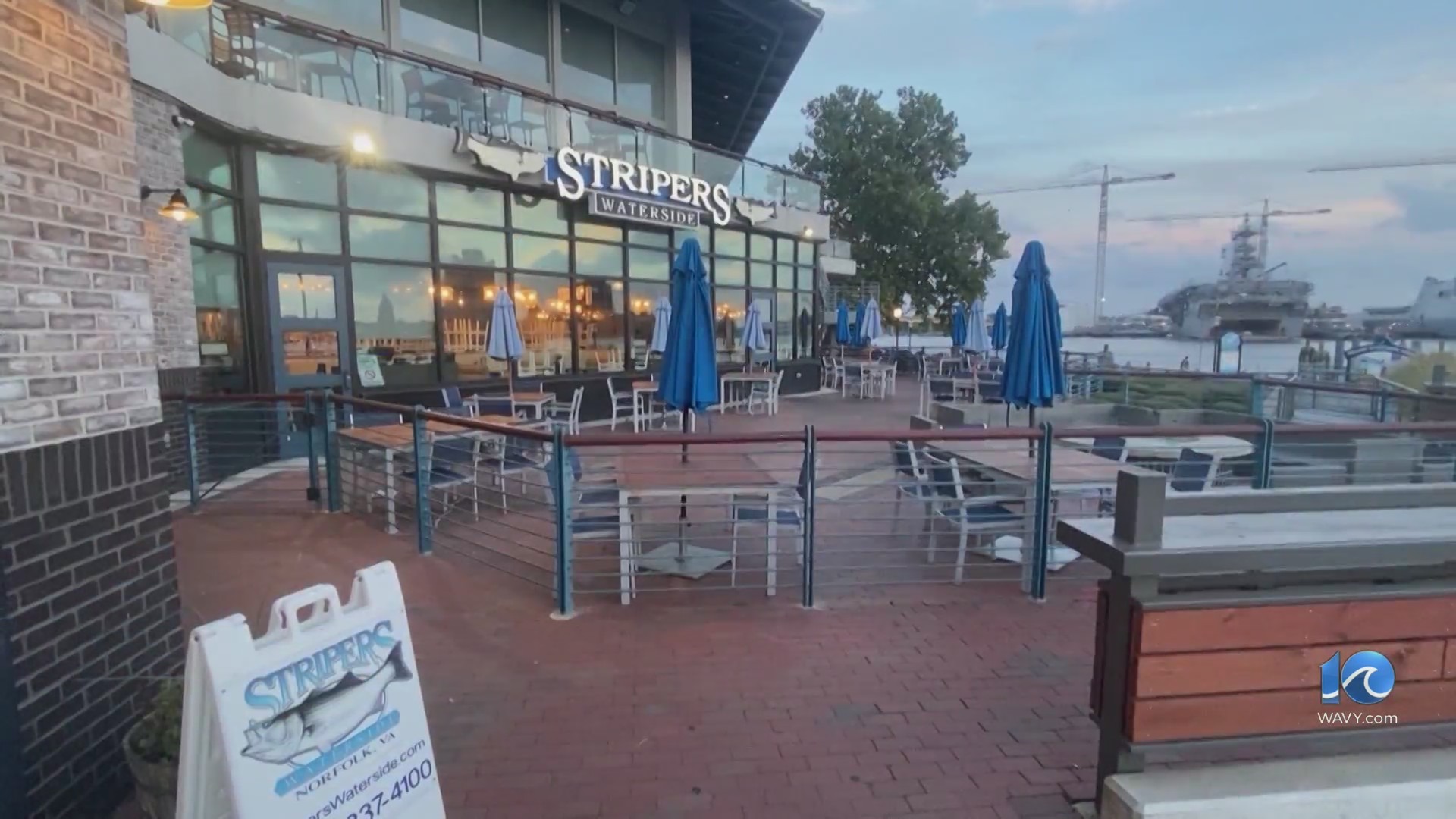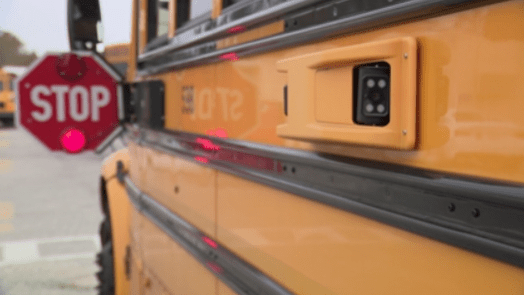PORTLAND, Ore. (KOIN) — If it were up to former President Donald Trump, Los Angeles would enjoy “more water than you ever saw” by diverting water from the Pacific Northwest to Southern California, he suggested.
Trump told reporters between campaign fundraisers in Rancho Palos Verdes, California. on Sept. 13 that, if elected, he would turn on “a very large faucet” that he claims could send millions of gallons of water from the Columbia River to Los Angeles.
“You have millions of gallons of water pouring down from the north, with the snow caps and Canada, and all pouring down,” Trump said just an hour into the press conference. “And they have, essentially, a very large faucet, and you turn the faucet, and it takes one day to turn, and it’s massive … and you turn that, and all of that water goes aimlessly into the Pacific. And if you turned it back, all of that water would come right down here and right into Los Angeles.”

One of the potential problems with the Republican presidential nominee’s plan is that his system for channeling that water from the Pacific Northwest to Southern California doesn’t exist, Oregon’s state climatologist Larry O’Neill told Nexstar’s KOIN.
“There is indeed no such diversion system and none has been seriously proposed that I am aware of,” O’Neill said.
It’s unclear what kind of environmental or societal impacts the imagined water-diversion system would have on the Pacific Northwest, though the possible effects are speculated to be vast.
“Without knowing the details of a proper proposal, it is impossible to assess its feasibility or the expense and damage such a system could cause to the people and ecosystems of the Pacific Northwest,” O’Neill said. “My initial assessment is that diverting Columbia River water to Southern California would be wildly impractical, inefficient and expensive. Its potentially damaging effects on the environment would be difficult to assess without knowing the scope and location of the diversion.”
Trump added that the diverted water could also be “reverted” into the hills of California to prevent wildfires.
“You have all that water that could be used to … what they call water flow — where the land would be damp,” Trump said. “And you’d stop many of these horrible fires that are costing billions and billions of dollars.”
The claims began picking up steam in the U.S. online after CTV News in Canada reported on Trump’s remarks.
Tricia Stadnyk, an environmental engineering professor at the University of Calgary, told Canadian Television reporters that there are many factors that would affect Trump’s plan for a water-quenched California.
“To me, it’s an uninformed opinion,” Stadnyk told CTV. “It’s somebody that doesn’t fully understand how water works and doesn’t understand the intricacies of allocating water not only between two countries but also for the environment.”
KOIN reached out to Trump’s campaign for comment and has not heard back.
